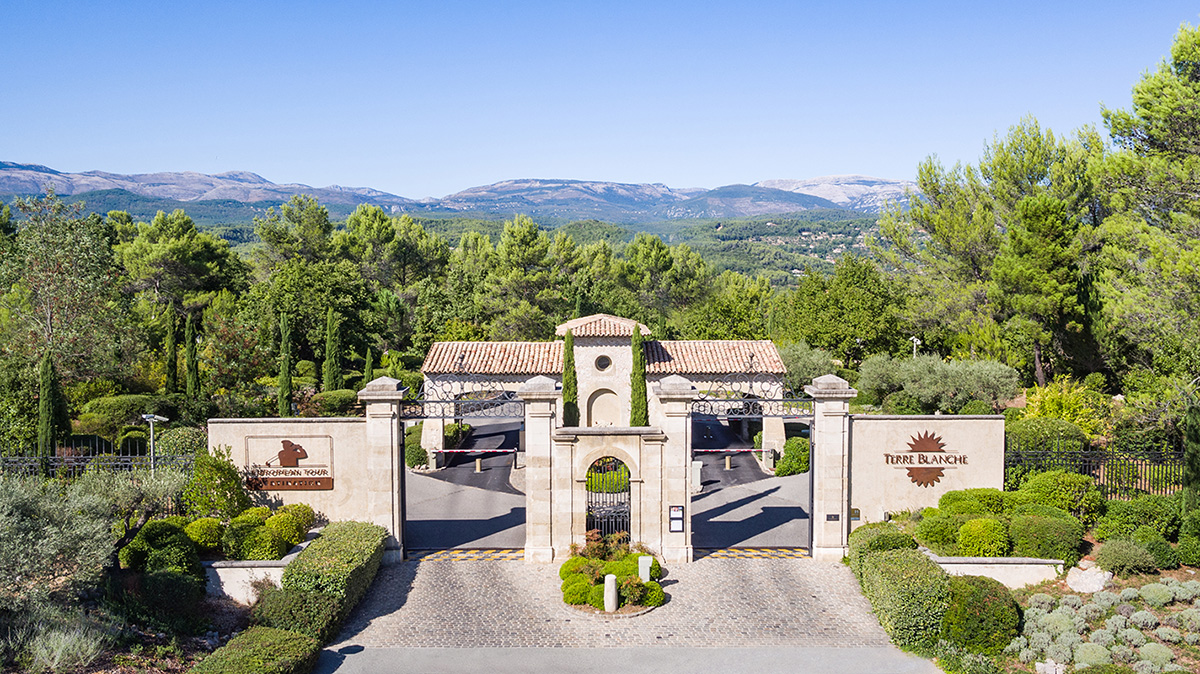
In the heart of the countryside of Provence lies Terre Blanche, a luxury resort with two renowned golf courses and an oasis for growth biodiversity. Now celebrating its 20th anniversary, Darius Sanai speaks with the Vice-President of Supervisory Board, François Vaugoude, on how on how the resort has been a sustainability pioneer since the early 1990’s, educating its guests and making instrumental environment change in the region.
LUX: How did Terre Blanche come about?
François Vangoude: Between 1978 and 1980, there was a desire to develop the site on which Terre Blanche now sits. At the time, Golf was more of a pretext for town planning and therefore there weren’t all the provisions. There was no internet, there were no regulations on water, there were no impact studies and raising awareness about ecology was not a priority like it has become today. The site therefore benefited from considerable building rights, and with the construction of the golf course there was more than 90,000 square meters of surface area to be built.
When the authorities later realised that the surveys and impact studies had not been carried out, the project came to a complete halt. Dietmar Hopp, a German business and golf enthusiast, had built a golf course in Germany and proposed creating something that brings sports, nature and development together, rather than creating a city within a city. The authorities gave the go-ahead, and we opened the grounds in June 2000.
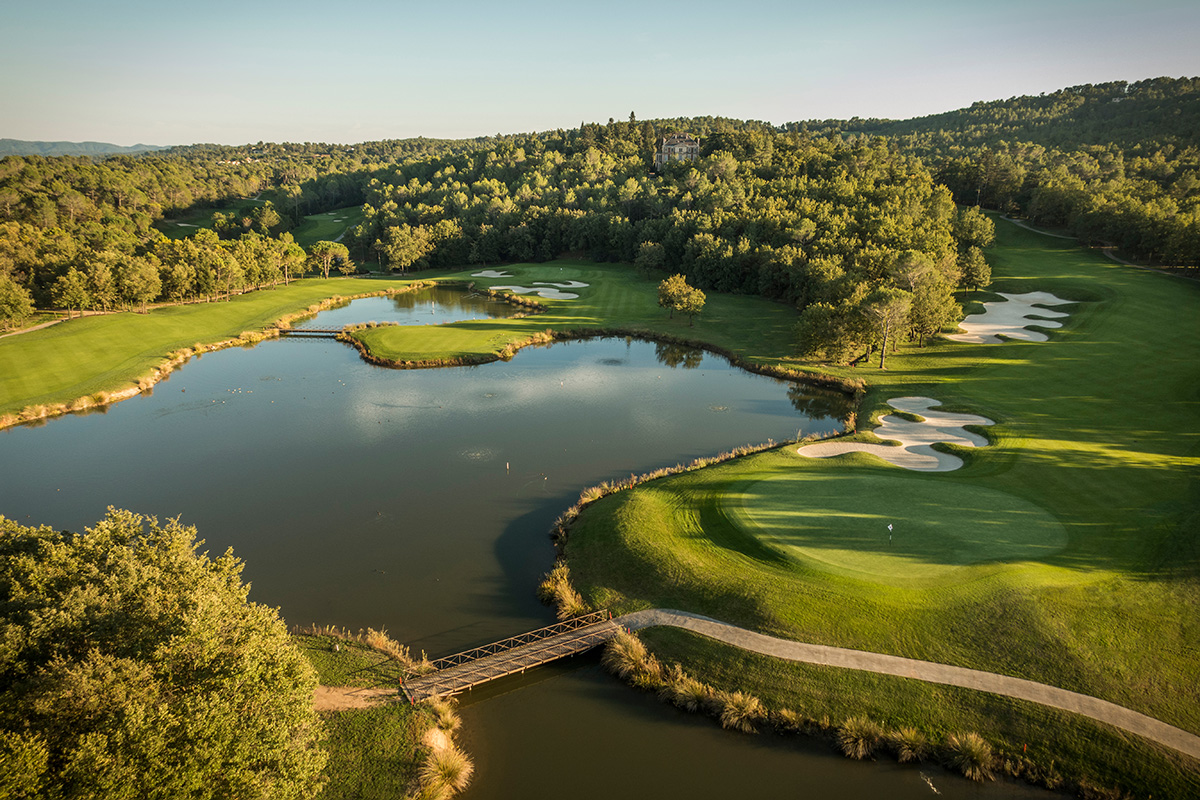
Le Chateau Golf course
LUX: Was there a sustainability strategy at the time?
FV: Yes, Immediately, I’ve been passionate about sustainability for years, being someone from the countryside and from the sea. I’m also an architect so urban development has always been a passion of mine as well. From the outset, our philosophy was to think about how we could do something sustainable because our objective was to operate long-term. Since 2000, I’ve been involved in the design of our various projects, as I’ve overseen the whole program since its conception and now its management.
Follow LUX on instagram @luxthemagazine
Our guiding principle on the development of Terre Blanche is that all infrastructures that are useless above ground are buried underground. All the infrastructure needed to manage and distribute water is underground. It maintains the permeability of the soil and it’s better for the quality of the resort as a whole because having a view of a forest or green spaces is much better than having a view of a car park, for example. The car park did cost a little more but at the end of the day, the cars are sheltered, there’s more security, and we don’t have to resurface every ten years using petroleum-based asphalt.
The design of our driving range follows the same principle. The Albatros Golf Performance Center is a semi-underground driving range. As a result, you play out of the summer sun, and you’re sheltered from the rain in winter.
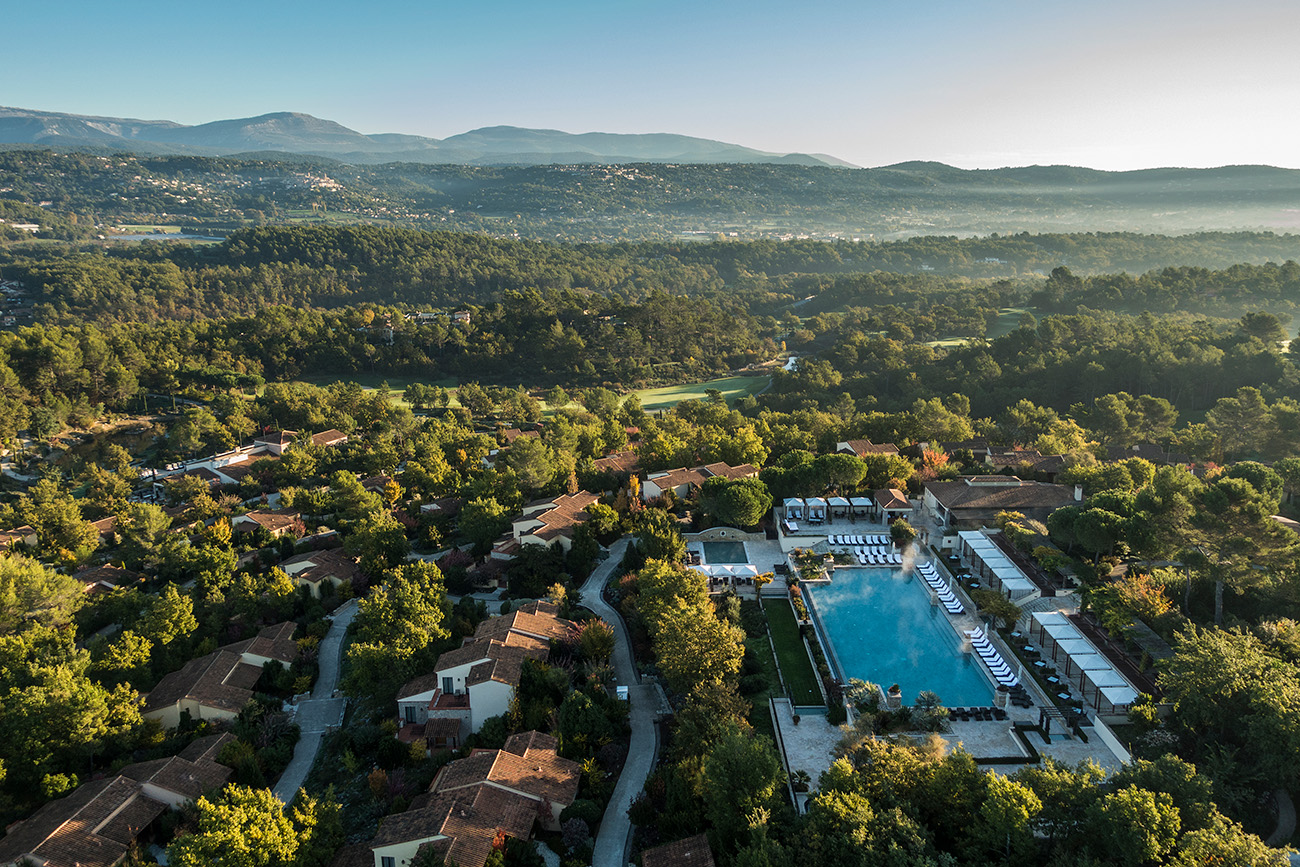
LUX: Is what you do, in terms of your sustainability strategy, important to your clients?
FV: Admittedly, in the years 2000-2010, what we were doing was very good but there wasn’t the heightened sensitivity we have today around climate change and the environment. People are now beginning to understand that biodiversity and climate are about the survival of future generations. Everyone now understands and wants to preserve but the term ‘preservation’ doesn’t work for me.
I think ‘to preserve’ is a negative idea as it just means to protect what exists. I think that today we need to take a much more proactive approach and we need to be contributors to the development of biodiversity. That’s what we do. We now have the participation of our customers.
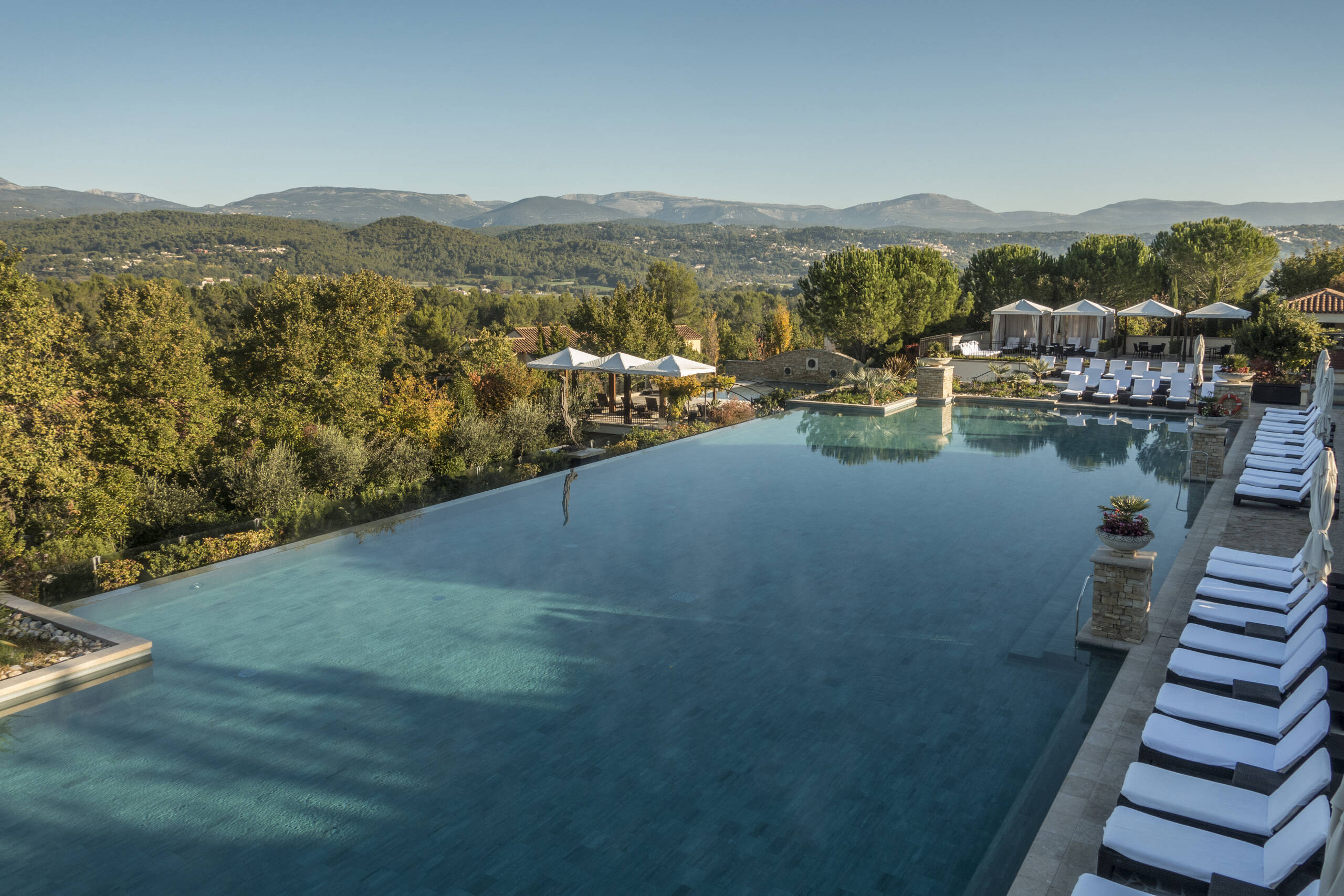
The Infinity Pool at the Terre Blanche resort
I’m not going to say what country these people come from, but there are people who can’t stand to see an ant or mayflies. So, we get our customers involved and we organise events to show them what we do, especially as golf today is all the rage.
Golf is a big consumer of water, but we don’t use drinking water, we use natural water. The natural cycle is respected, which means that since 2000 we have been pumping water from the Saint-Cassien lake, just five kilometres from our property.
We have financed networks and pumping stations so as not to use drinking water. We’ve had a policy from the outset of asking ourselves what Terre Blanche will be like in ten, fifteen, twenty and even thirty years’ time.
LUX: Is it important for you to do a bit of customer education, or is it more something that exists and if customers are interested, they can ask?
FV: It’s something that needs to be understood and accepted. For example, a golfer wants to find his ball on the course. We only mow once a year, at a very specific time, with a cutting height to avoid destroying everything on the ground. The golfer’s first reaction is to say, “Well wait a minute, you’re saving on maintenance and I’m losing more of my balls.” Then we explain to them why we’re doing this. We’re preserving the nesting period of birds on the ground, invertebrates, insects, and honey plants. Then they say, “Ah yes, you’re right” and they accept that we need to implement these kinds of provisions, and they become supporters.
Another example is unfortunately, we have quite a high mortality rate of trees that are not from the region and that have been brought in and can no longer withstand the rising temperatures and lack of water.
So, when the tree dies, we leave them in place and let them rot. The first reactions I received were, “You leave them there because you don’t have time to pick them up.” We then explain that if you leave a log in a given place, six months later you’ll have a profusion of animals. To motivate them too, we’ve set up an application, that’s also managed by the naturalist organisation on site, in which people can take a photo of an unknown plant or insect and upload it onto our application.
The organism is automatically geolocated on the network and it’s passed on to our naturalist society. At the end of the year, we have a census of everything discovered on Terre Blanche and whoever has made the most observations, with the most interesting organisms, wins a prize. This motivates people to take part. It’s not just on golf courses and in the forest, but under a stone near the Terre Blanche resort.
LUX: Is there a focus on art in the hotel too and do you link art and biodiversity?
FV: There is an art collection at the hotel, but it is not something we shout about. It’s known through word of mouth. The collection is for our guests to enjoy. We have a press book about the works of art that are on display, which is available upon request. Guests can follow a route to see the artworks around the property if they want to. As the works are scattered throughout nature, we naturally create this intersection between nature, biodiversity, and art. When I tell people that we have over 300 works of art and they ask where they are, I tell them to open their eyes. That’s what biodiversity is all about as well. It’s about taking an interest.
LUX: Are there any other plans you have for biodiversity?
FV: We have a huge number of developments on the resort. We’re creating an atlas on biodiversity to monitor the species, fauna and flora that exist on Terre Blanche. We did a first census in 2018, and another in 2020 and 2023 to see what changes there have been in relation to all the measures we’ve implemented on Terre Blanche.
I went to see the Mayor of Tourrettes and asked him why we weren’t doing this at a commune level. It makes sense to do it on a much larger scale. The hope is to demonstrate to them that Terre Blanche has become a zoological wildlife park and not just a resort for the wealthy. It’s about showing we are well ahead of the game, and that they too can contribute to the preservation and expansion of biodiversity.
LUX: Do you organise biodiversity events?
FV: Absolutely. We organize events and golf tournaments focusing on biodiversity, with workshops for people to ask questions and help them understand. We’ve put up information panels all over the resort to educate people.
These aren’t the kind of information panels you buy in the shops, but ones we’ve put together explaining how the watering system works, how the lakes work, what’s in front of them etc. It helps to open people’s minds.
We explain why we’ve installed bat shelters and nesting boxes. Instead of watching TV and looking at a tablet, we buy nesting boxes in kit forms for the kids to build their own nesting boxes, like Lego, and they install them themselves afterwards. Once you’ve captured the children’s’ attention, the parents are right behind and they follow.
Find out more: terre-blanche.com
Terre Blanche Hotel Spa Golf Resort is celebrating its 20th Anniversary, marked with a series of activities and experiences that highlight the resorts commitment to eco-responsibility. The resort is now open for the season.

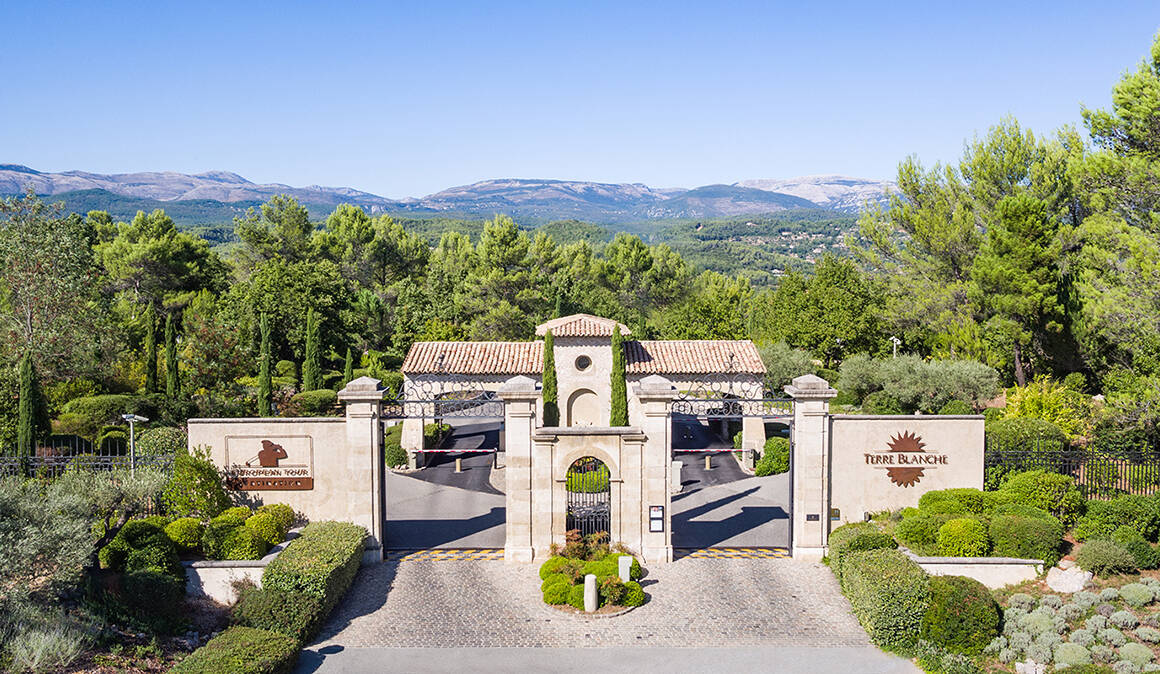
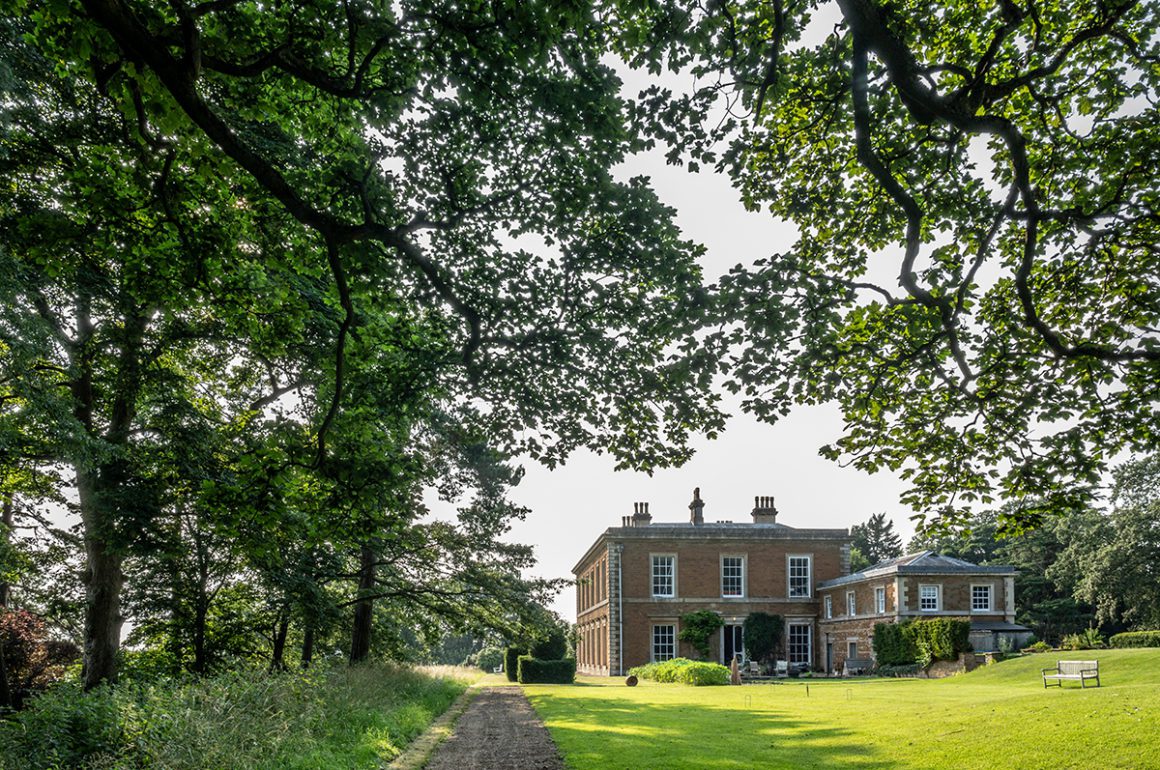
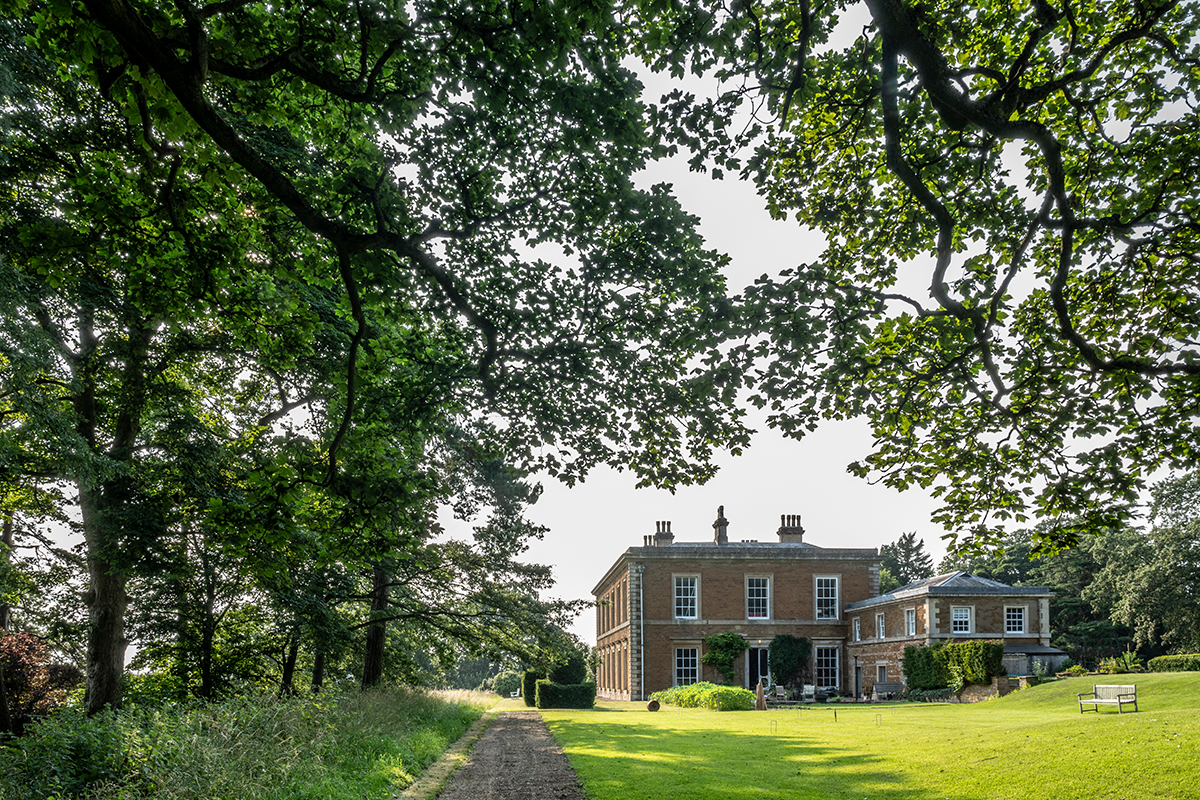
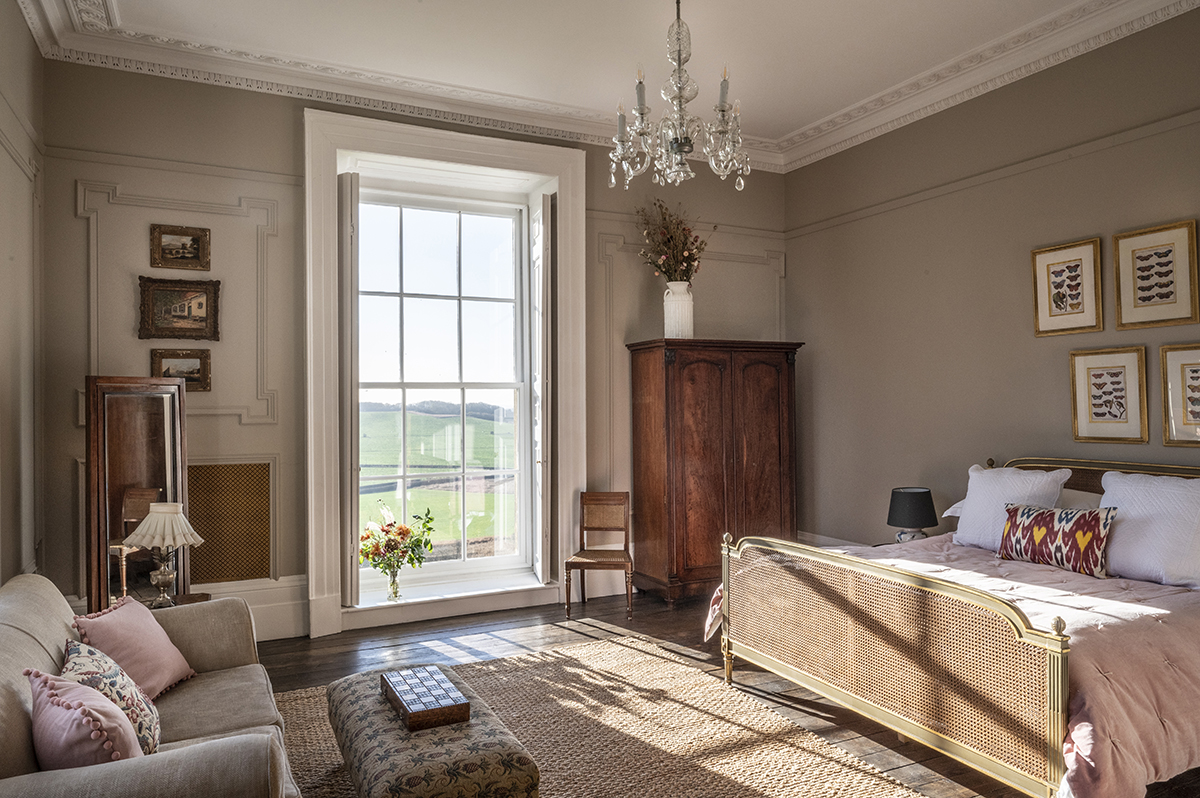
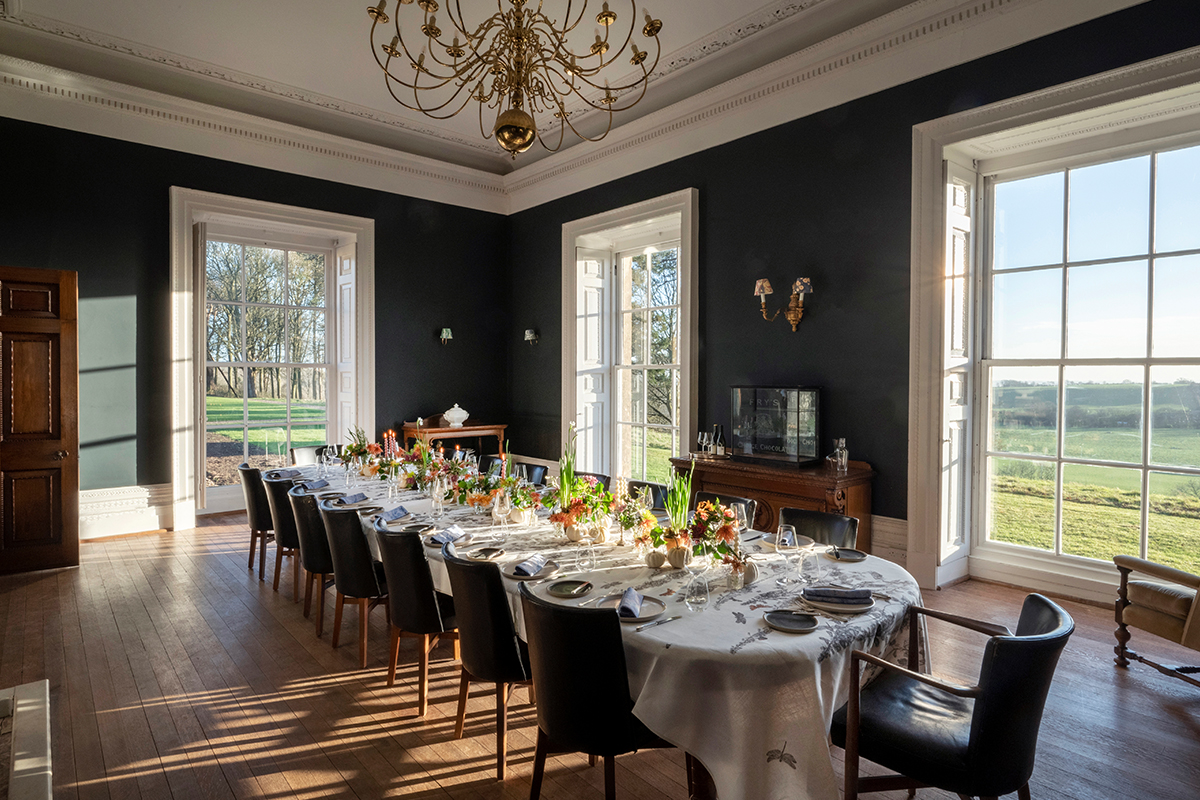
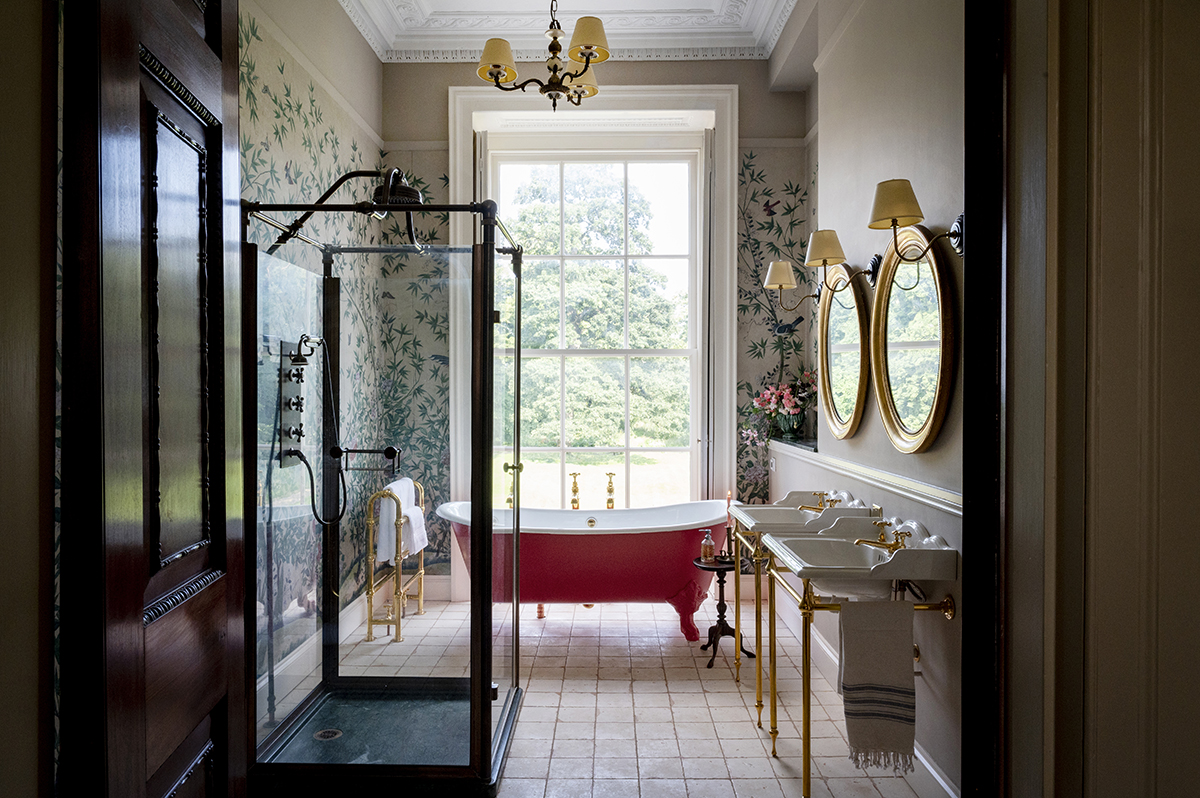
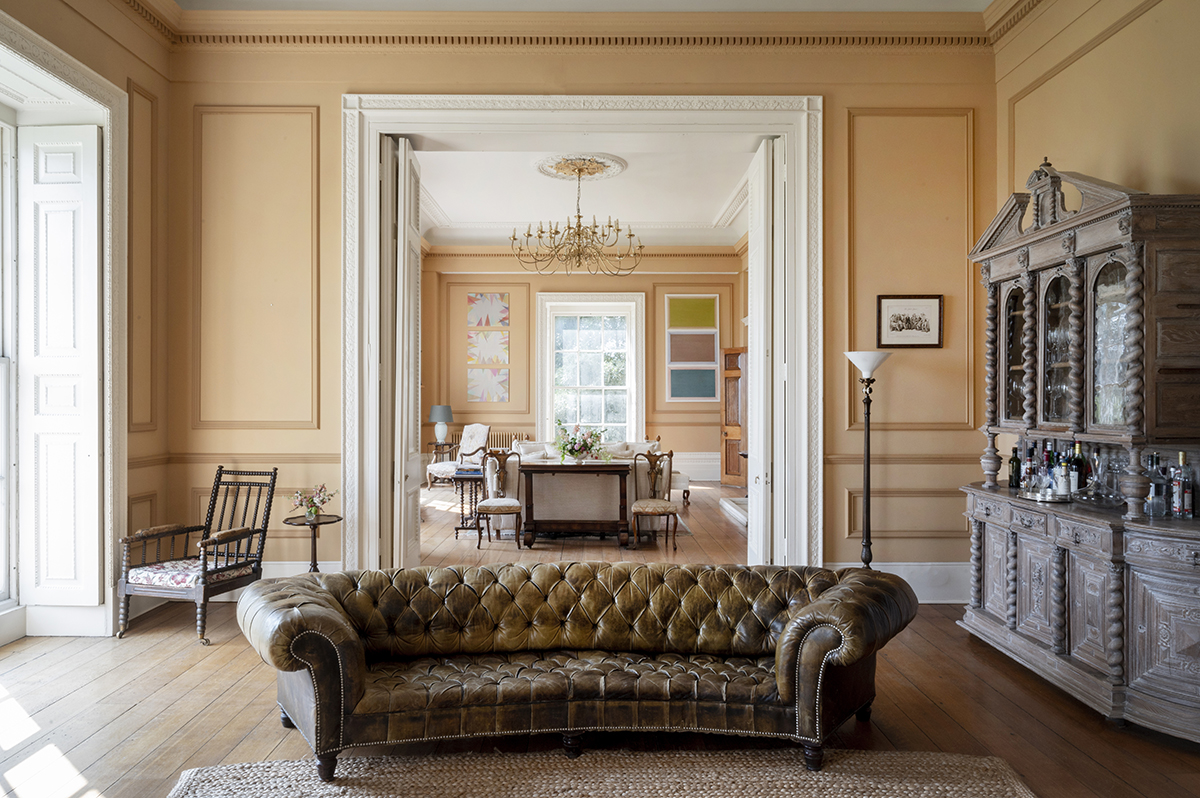
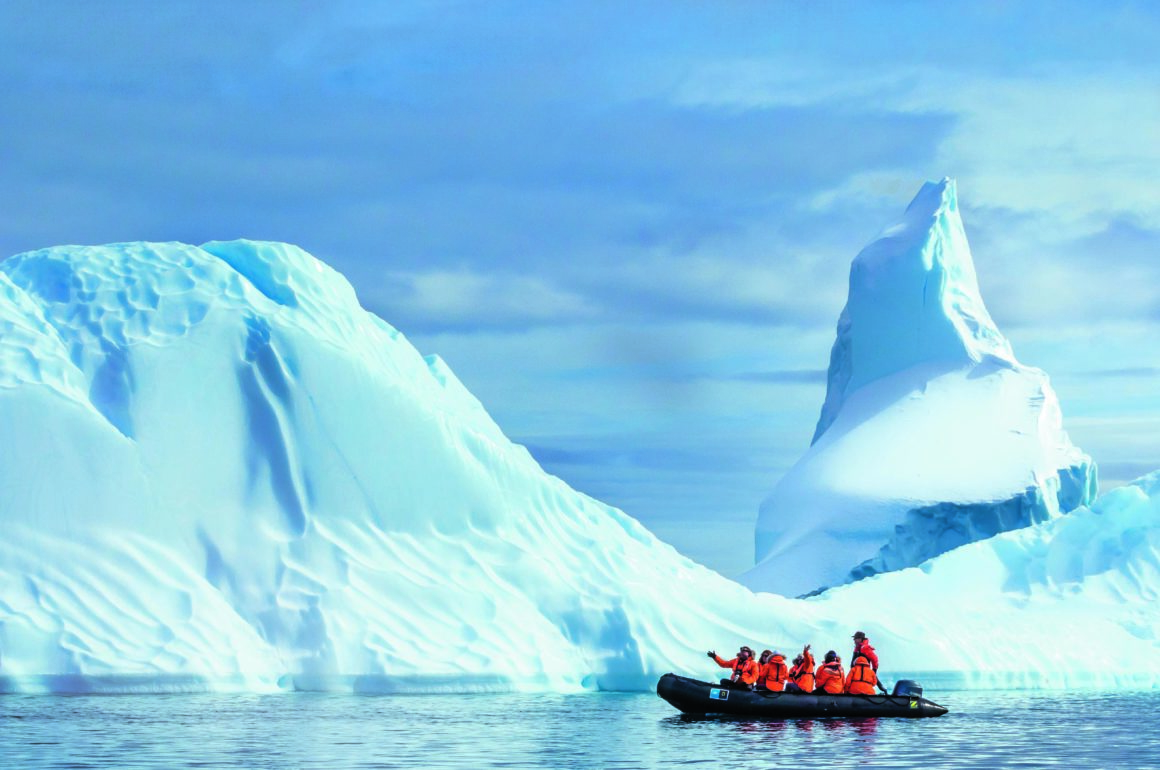
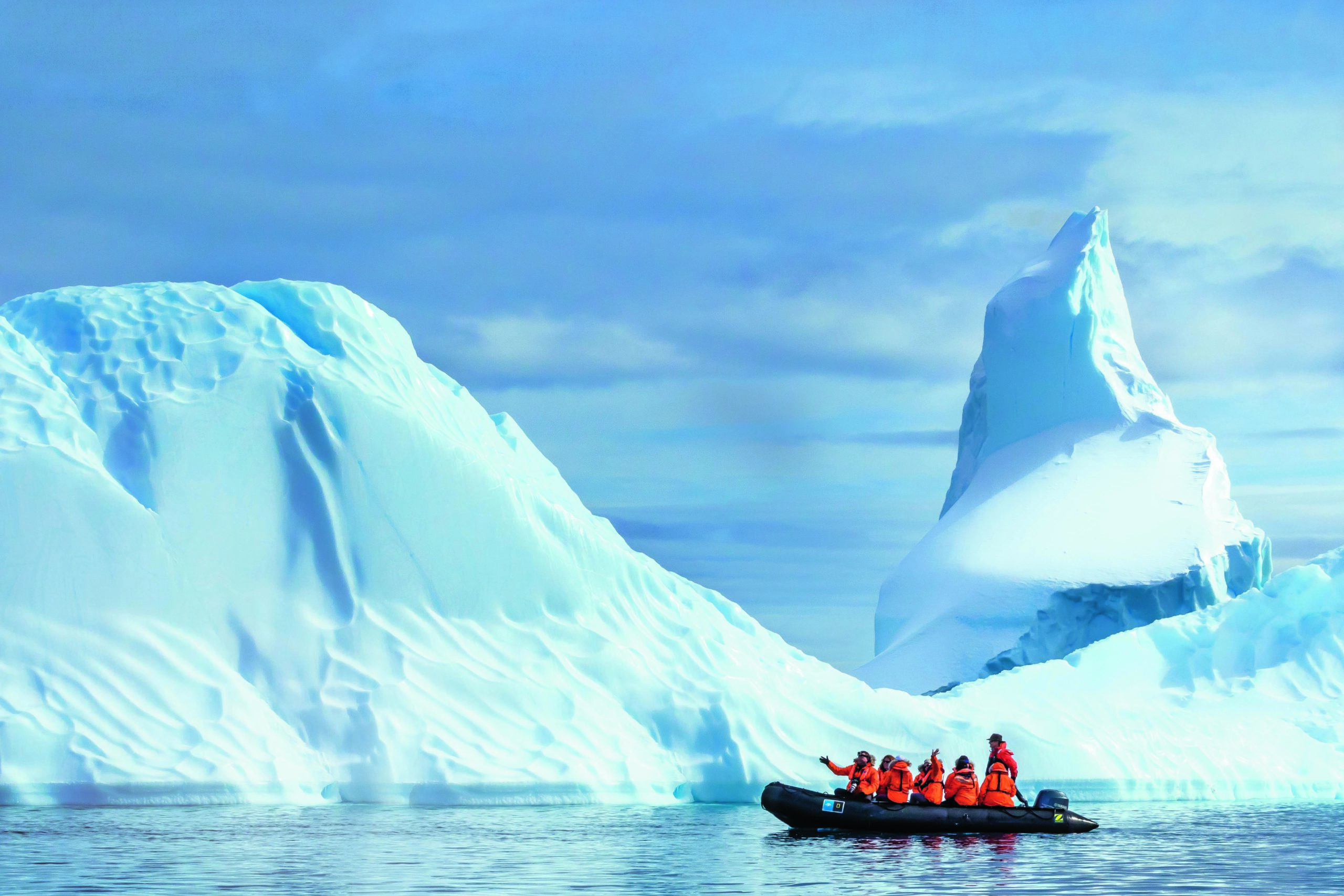
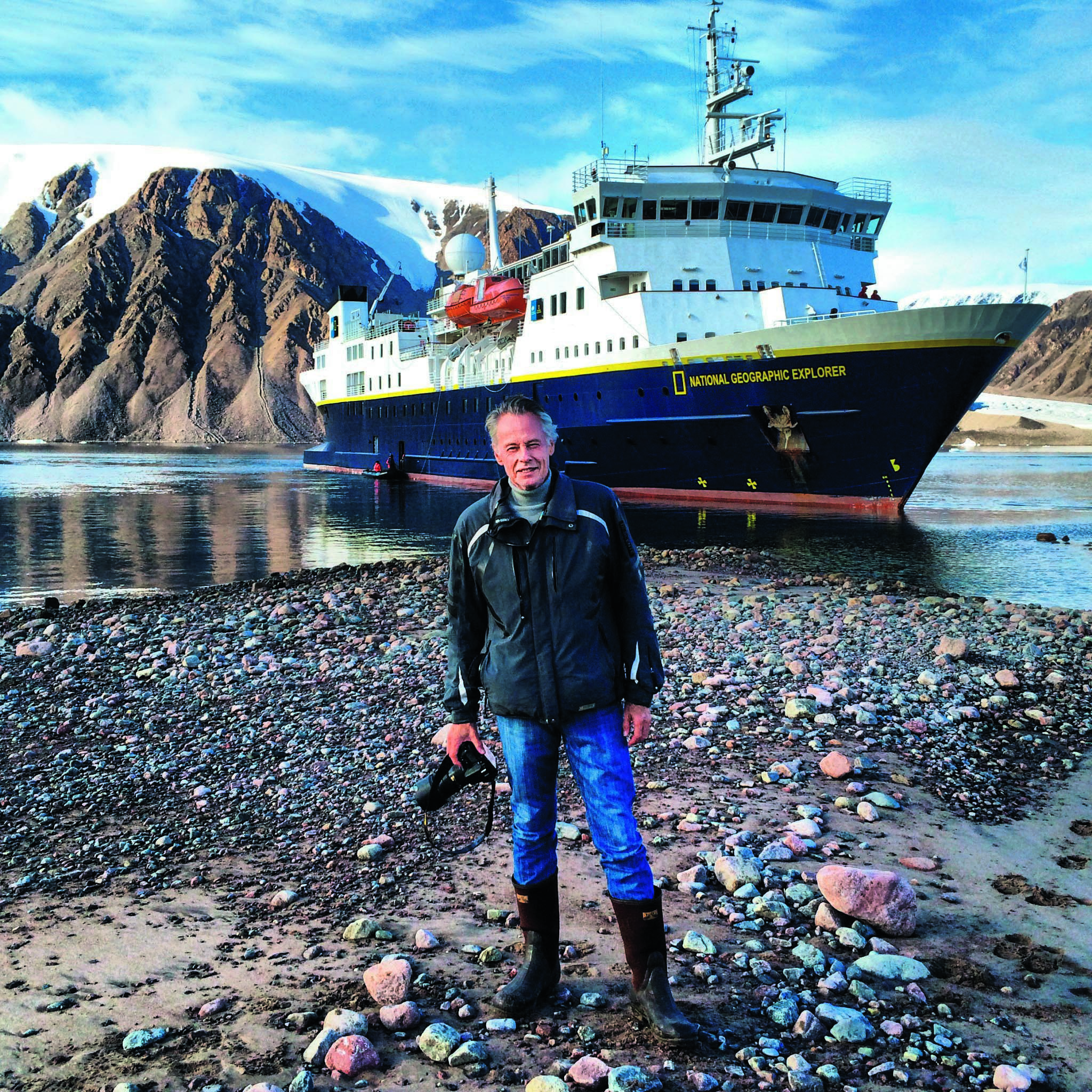
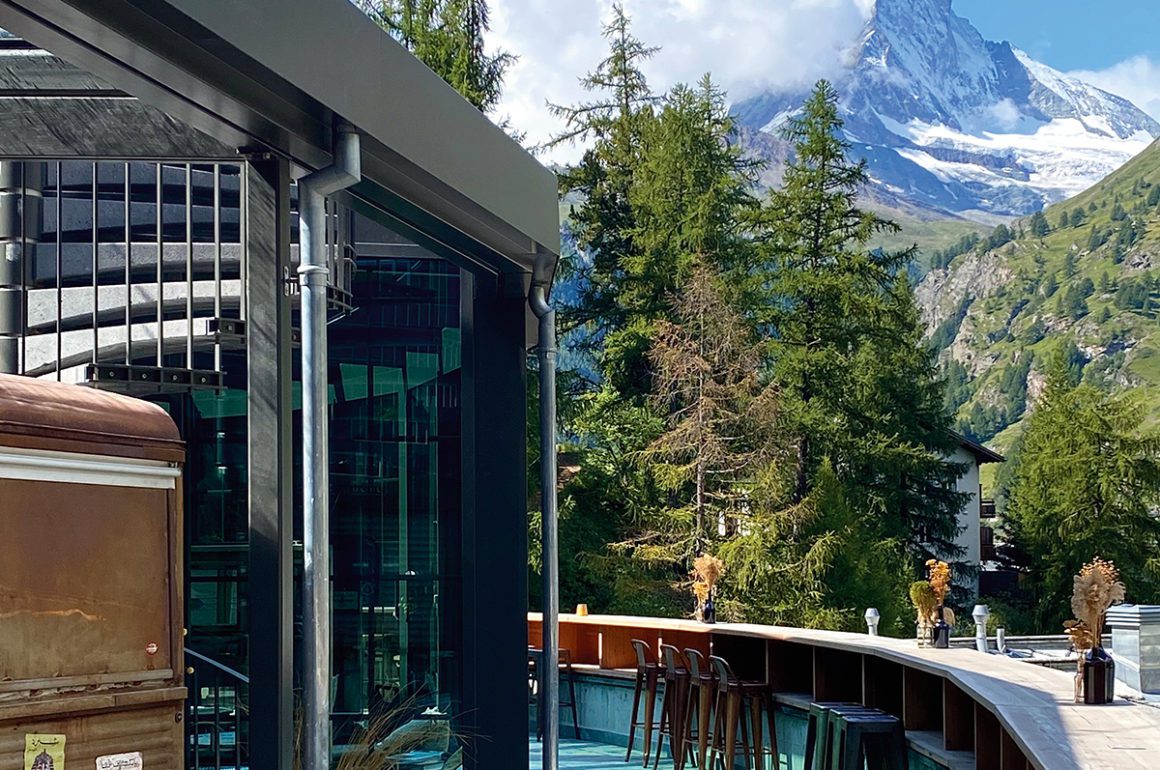

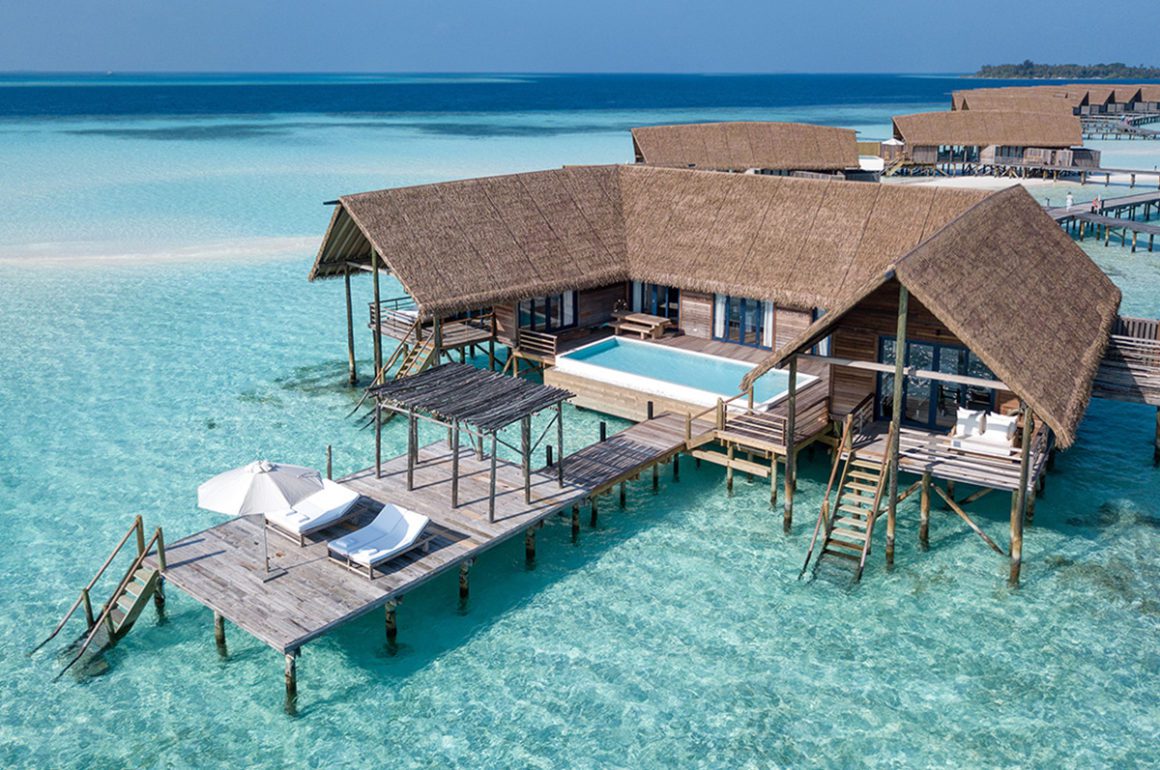
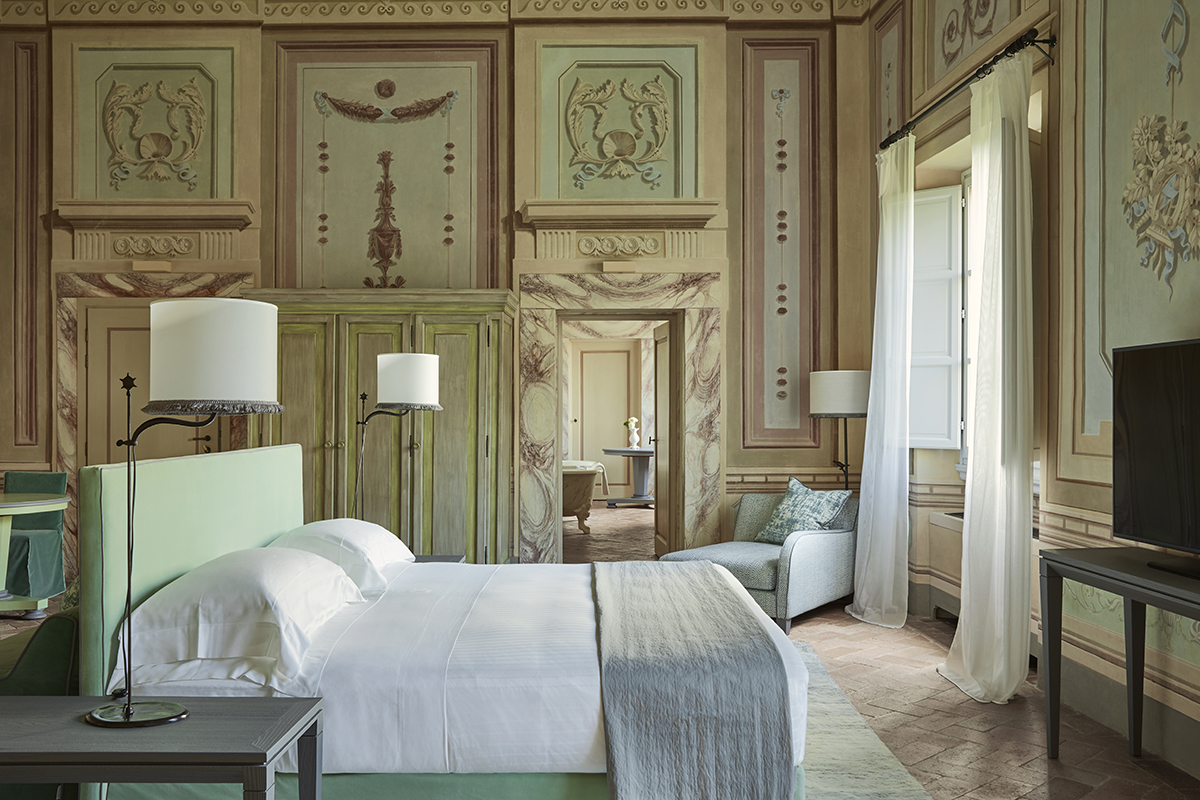
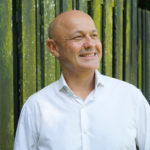
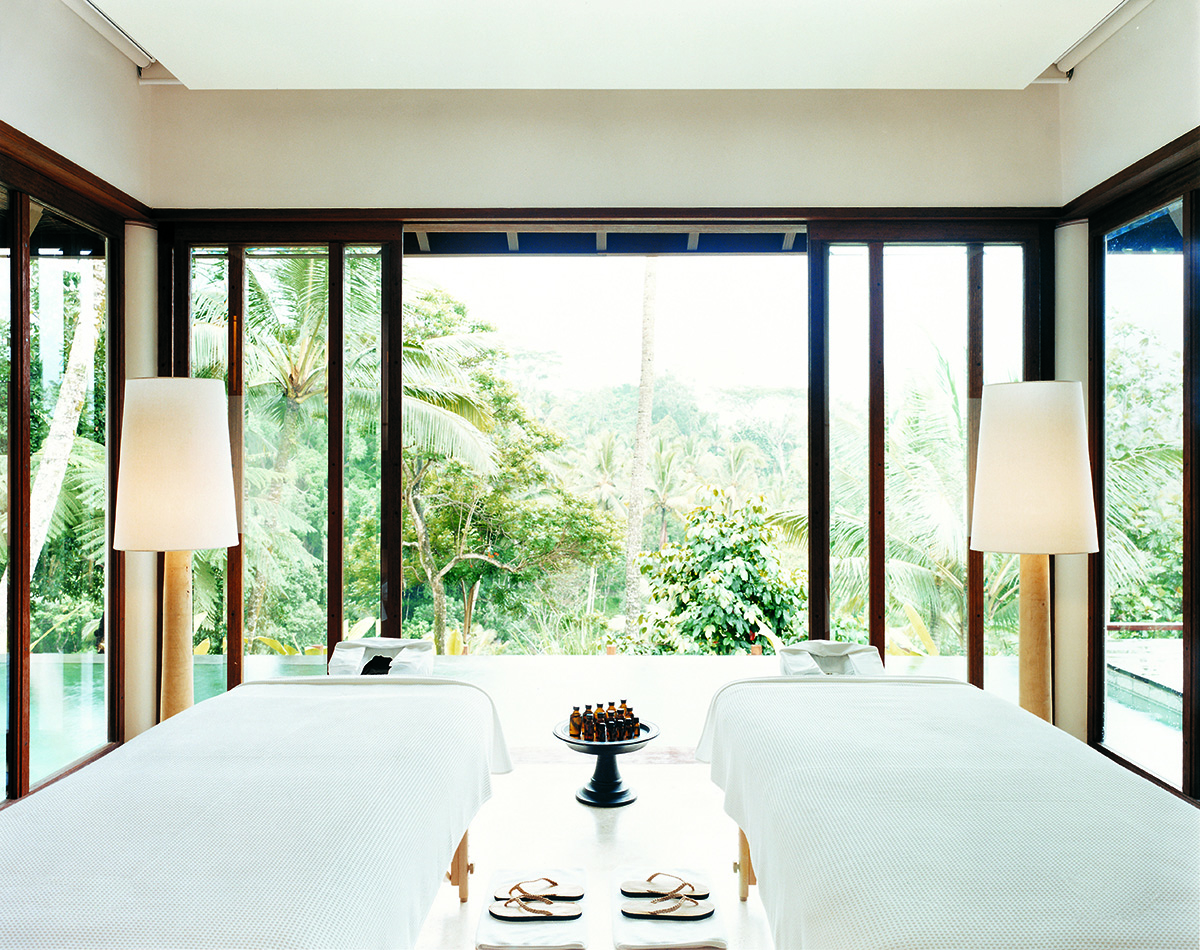
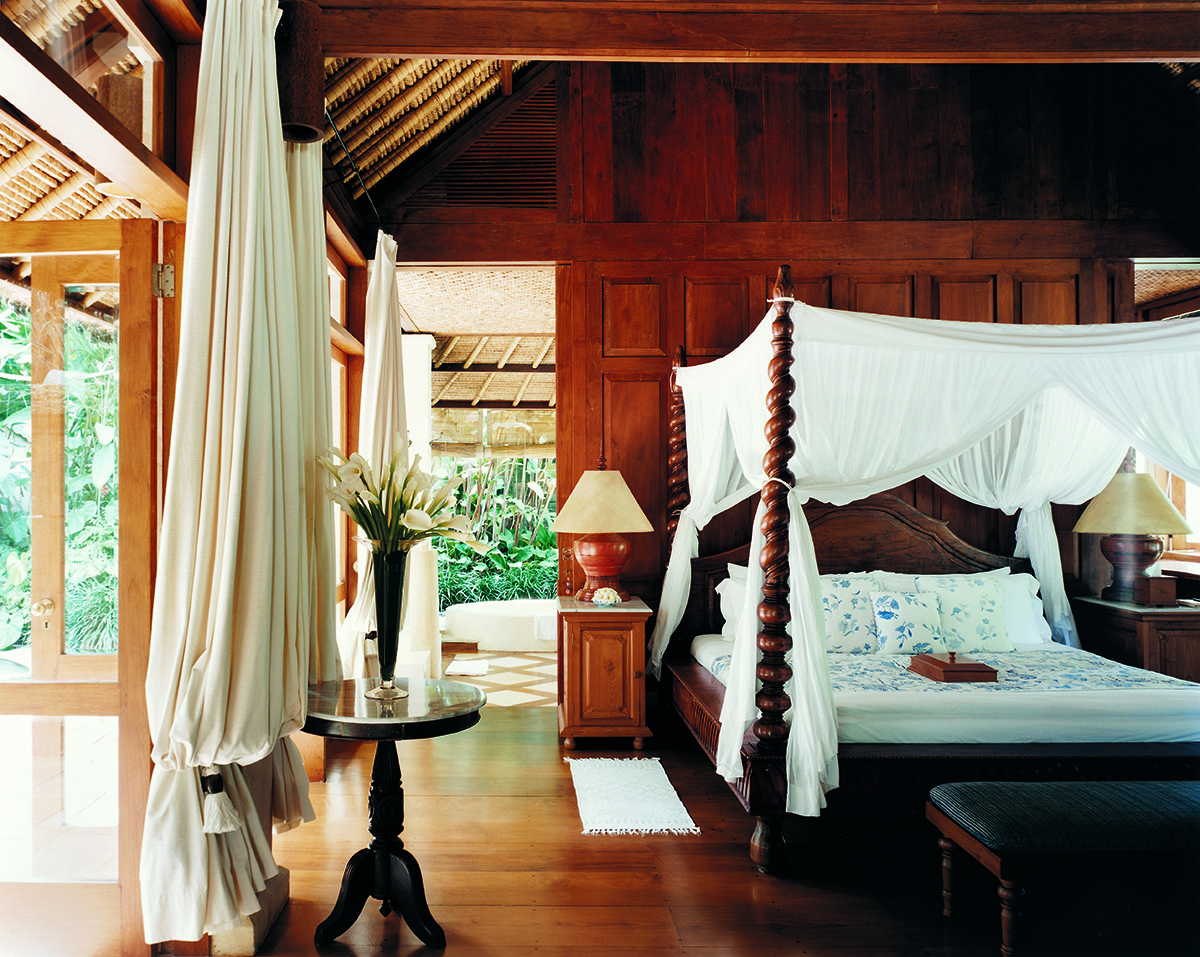
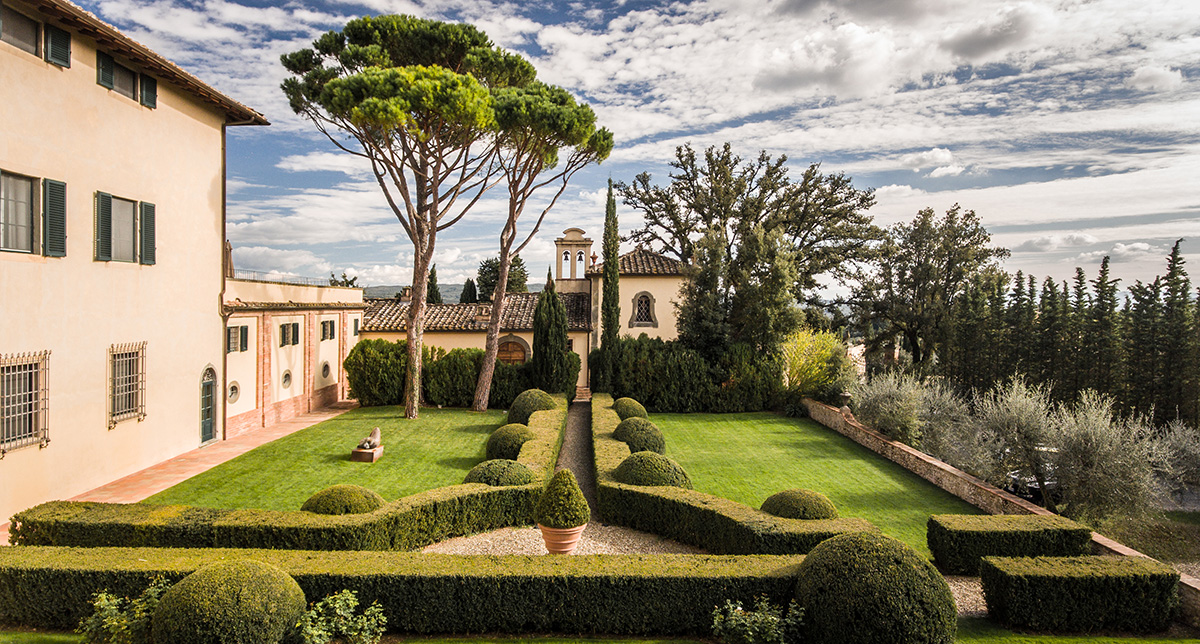

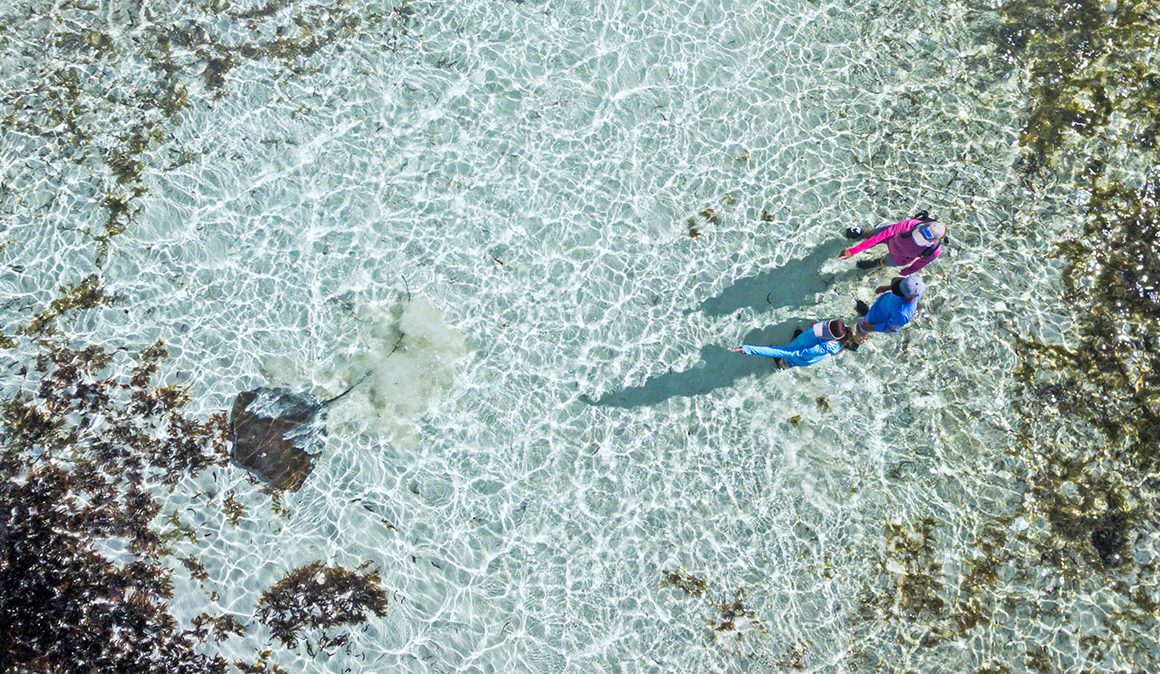
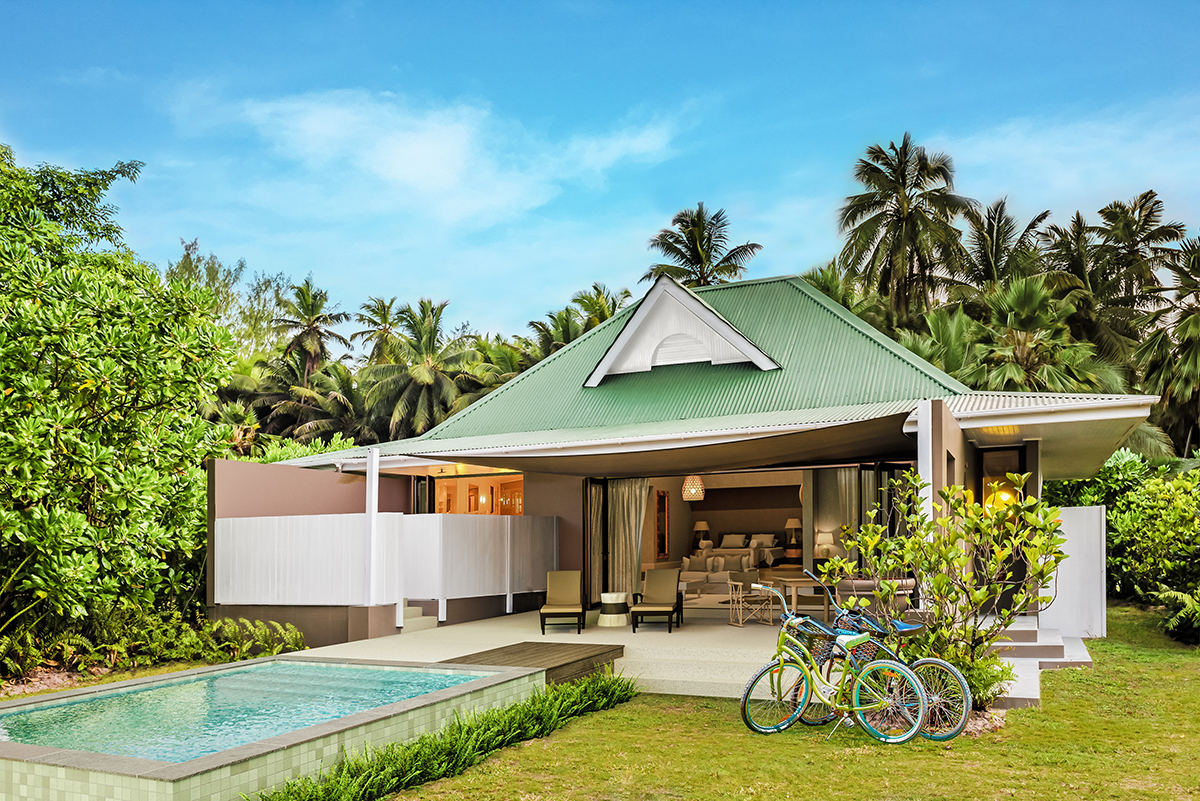
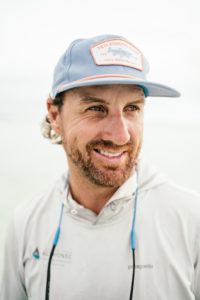
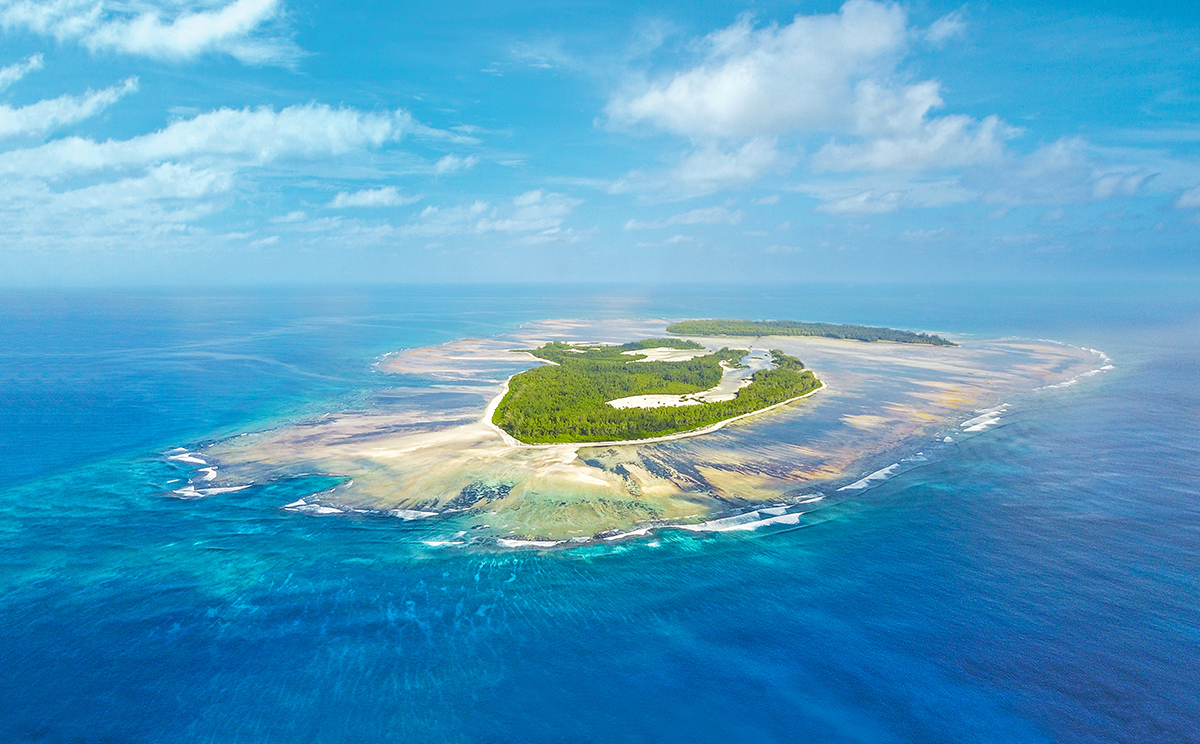
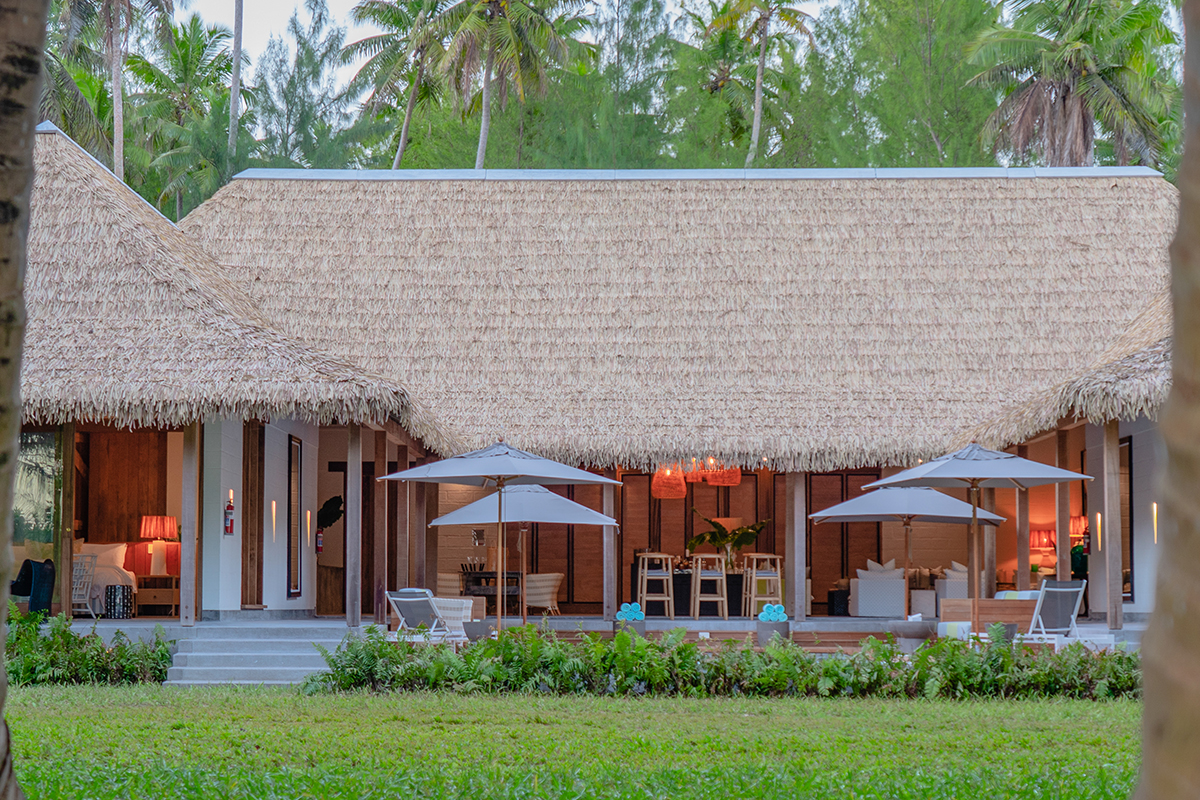
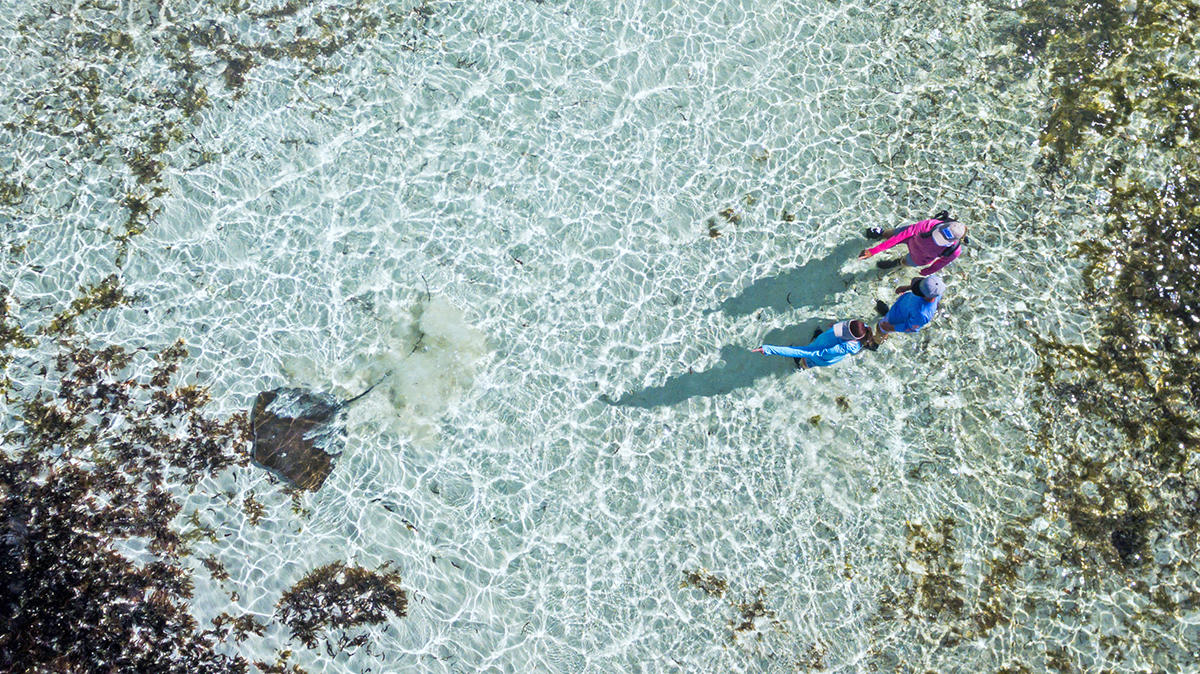
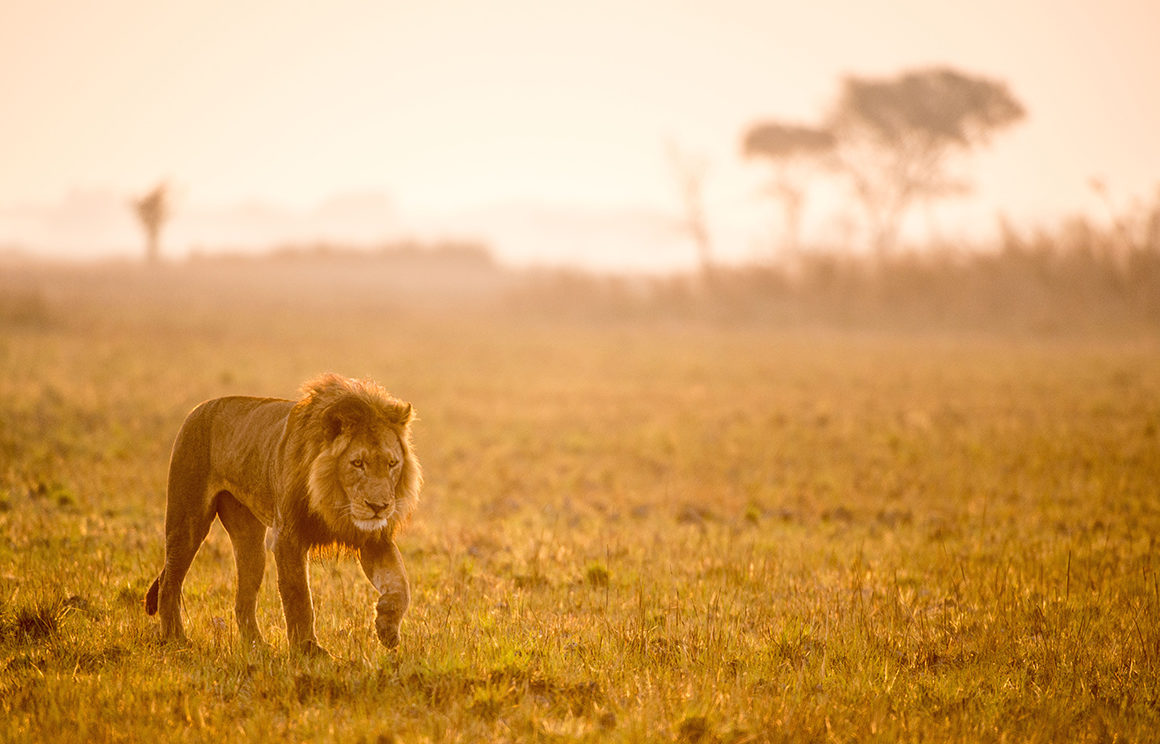

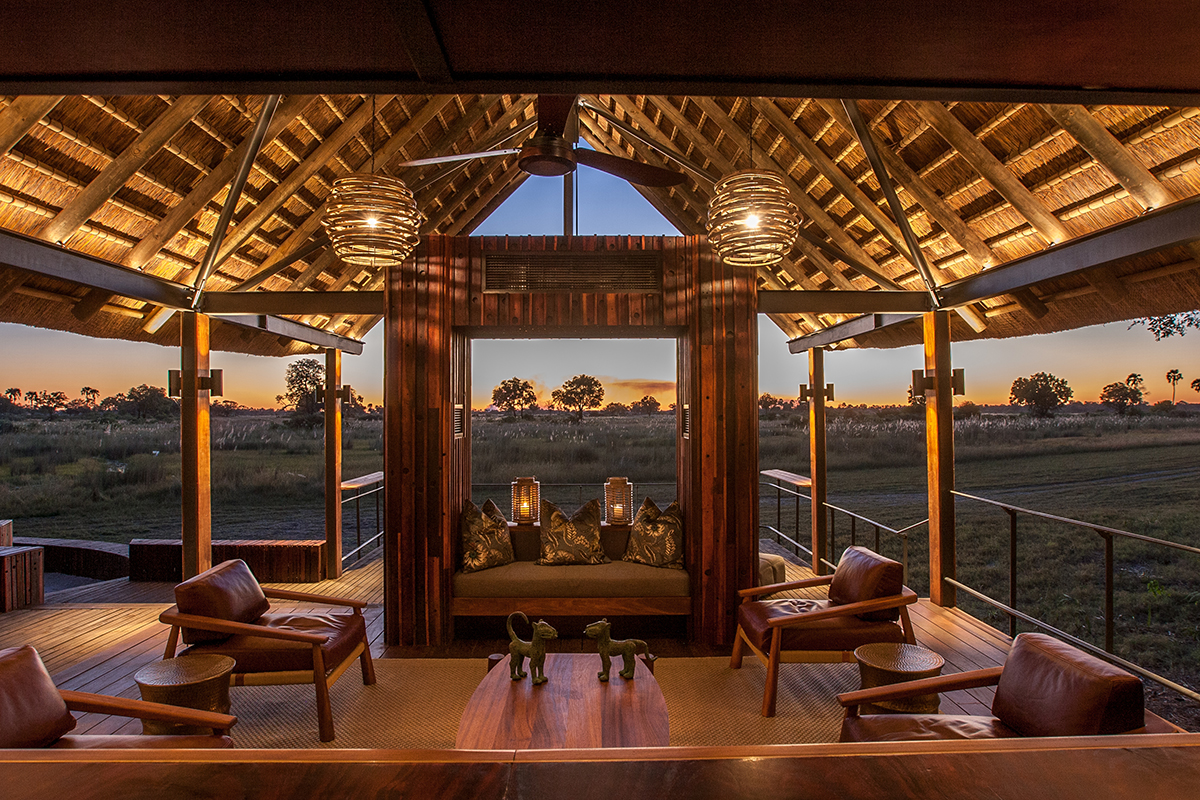





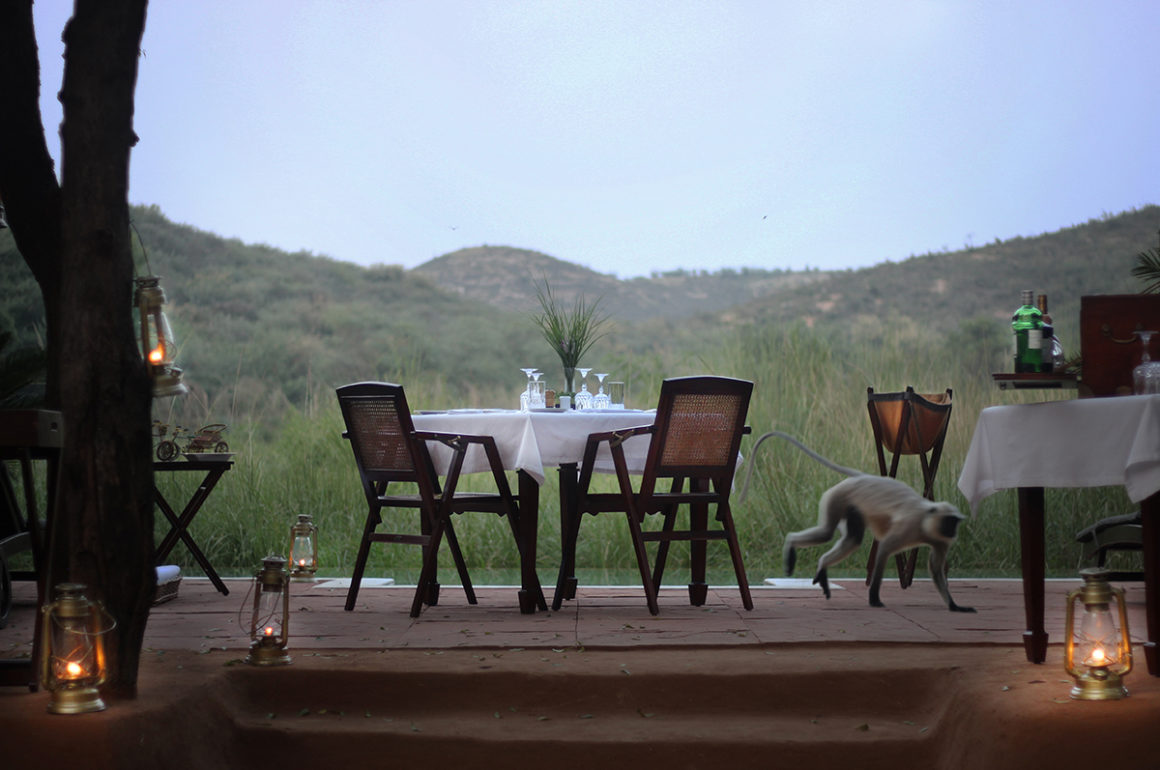



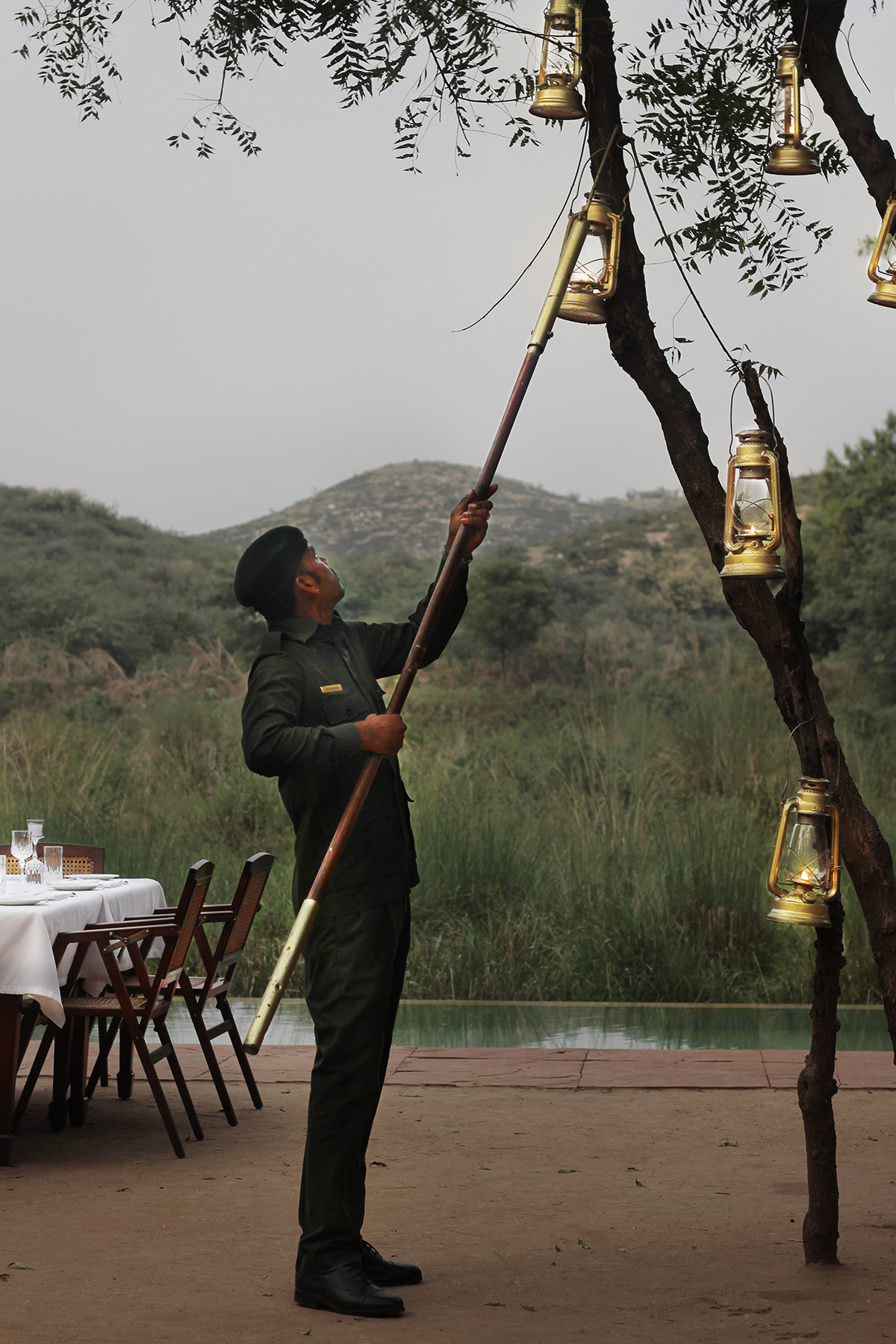
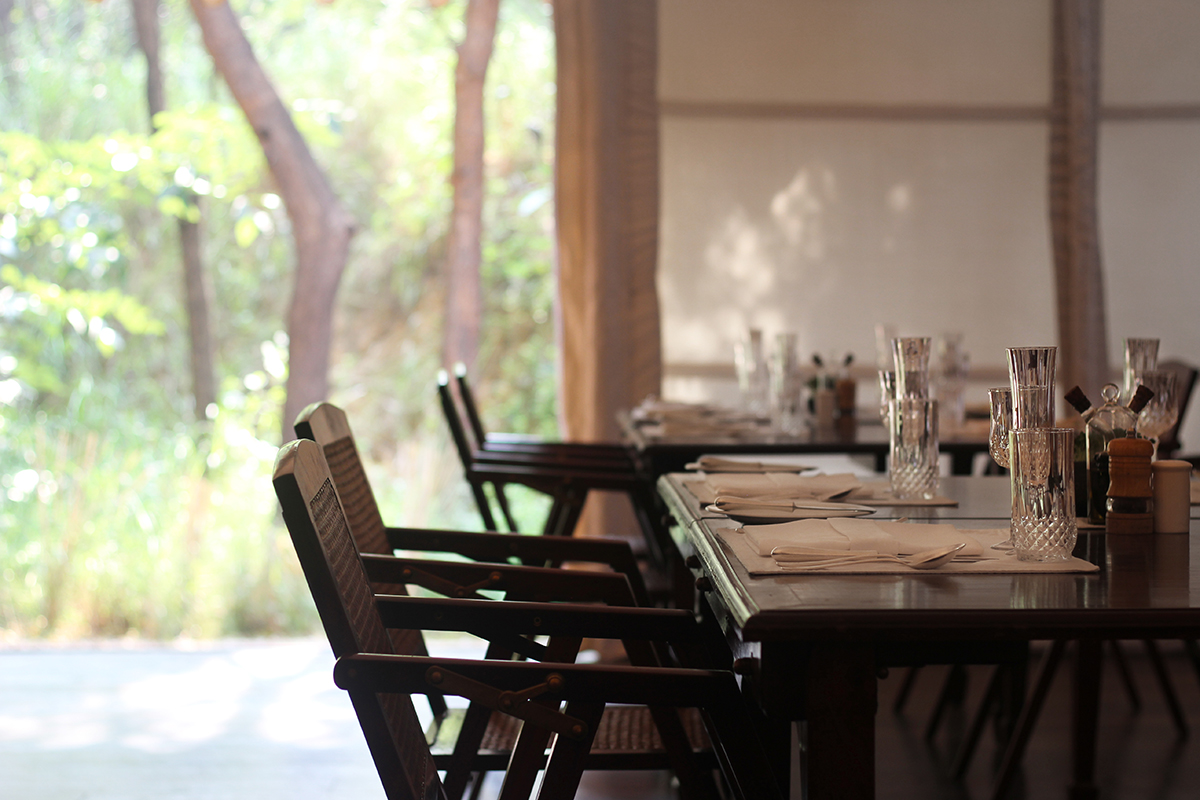

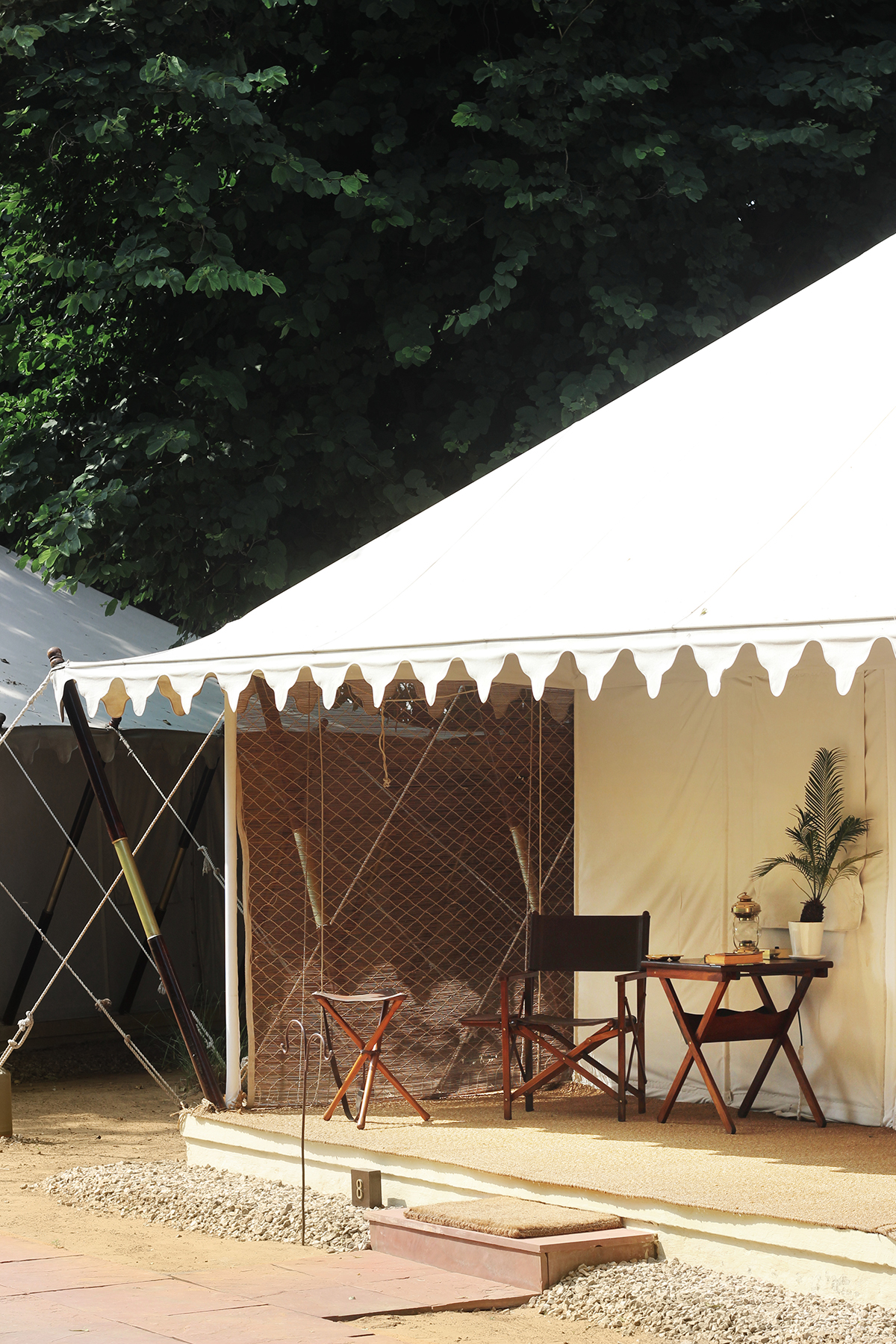

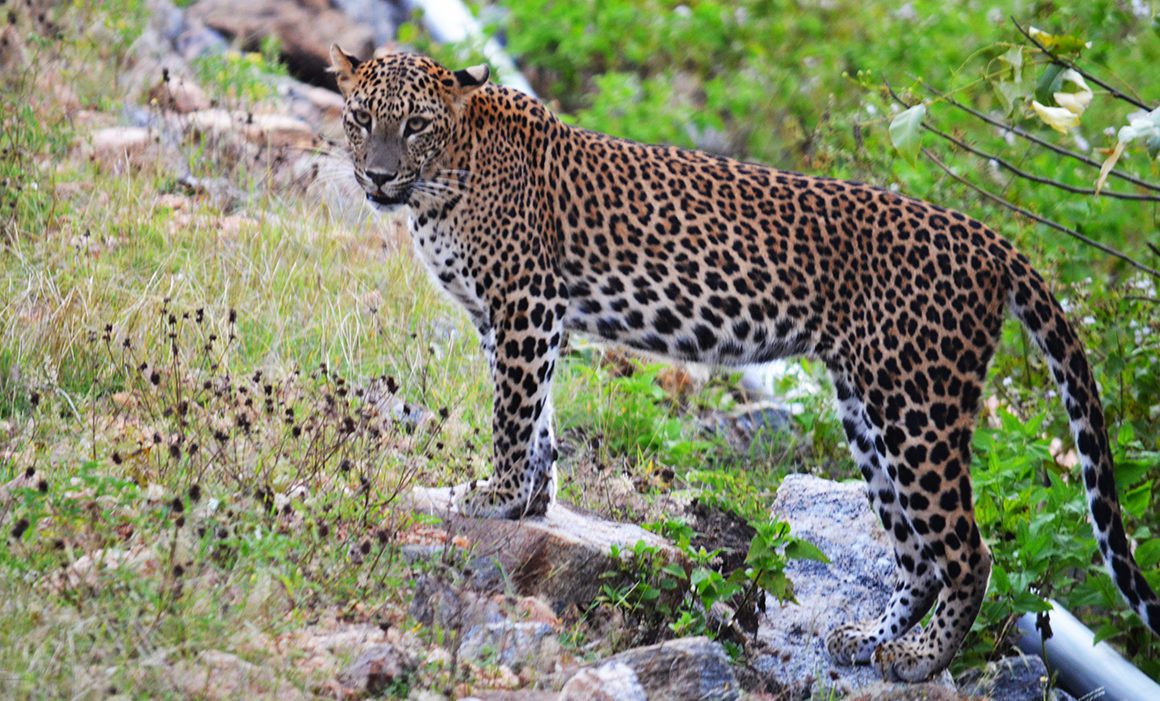
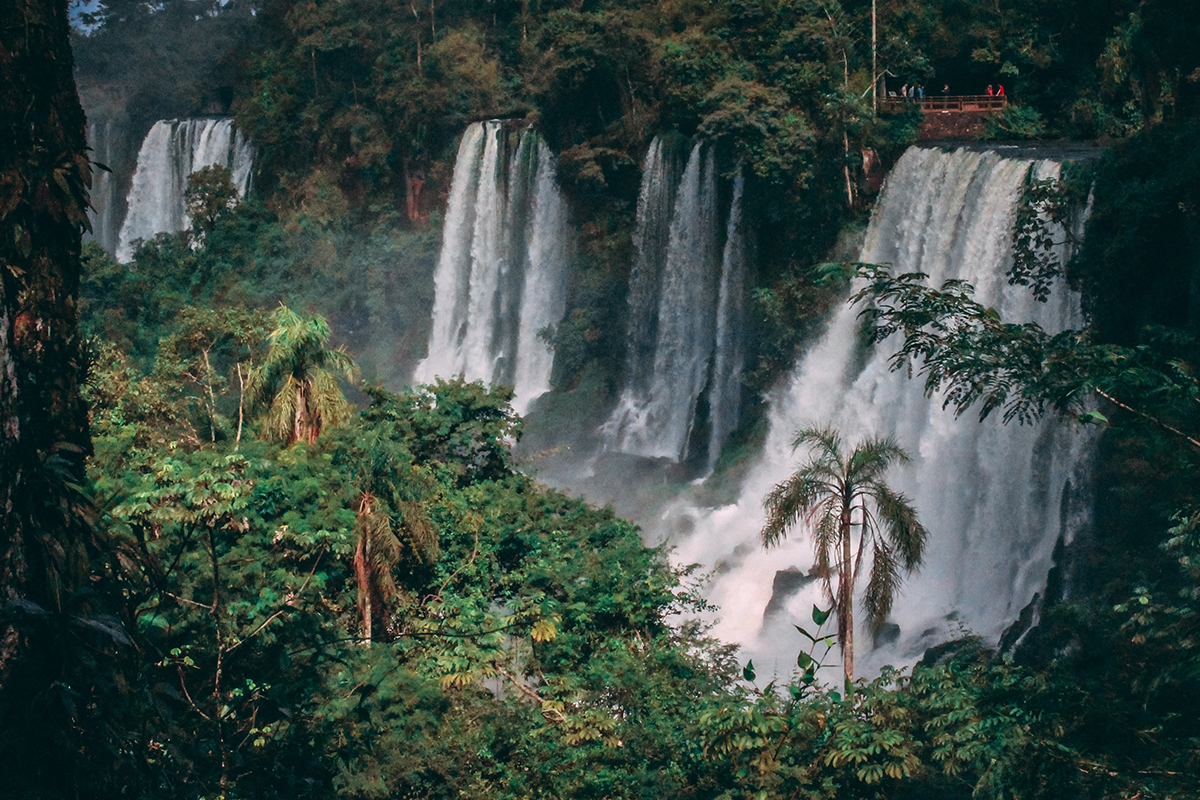
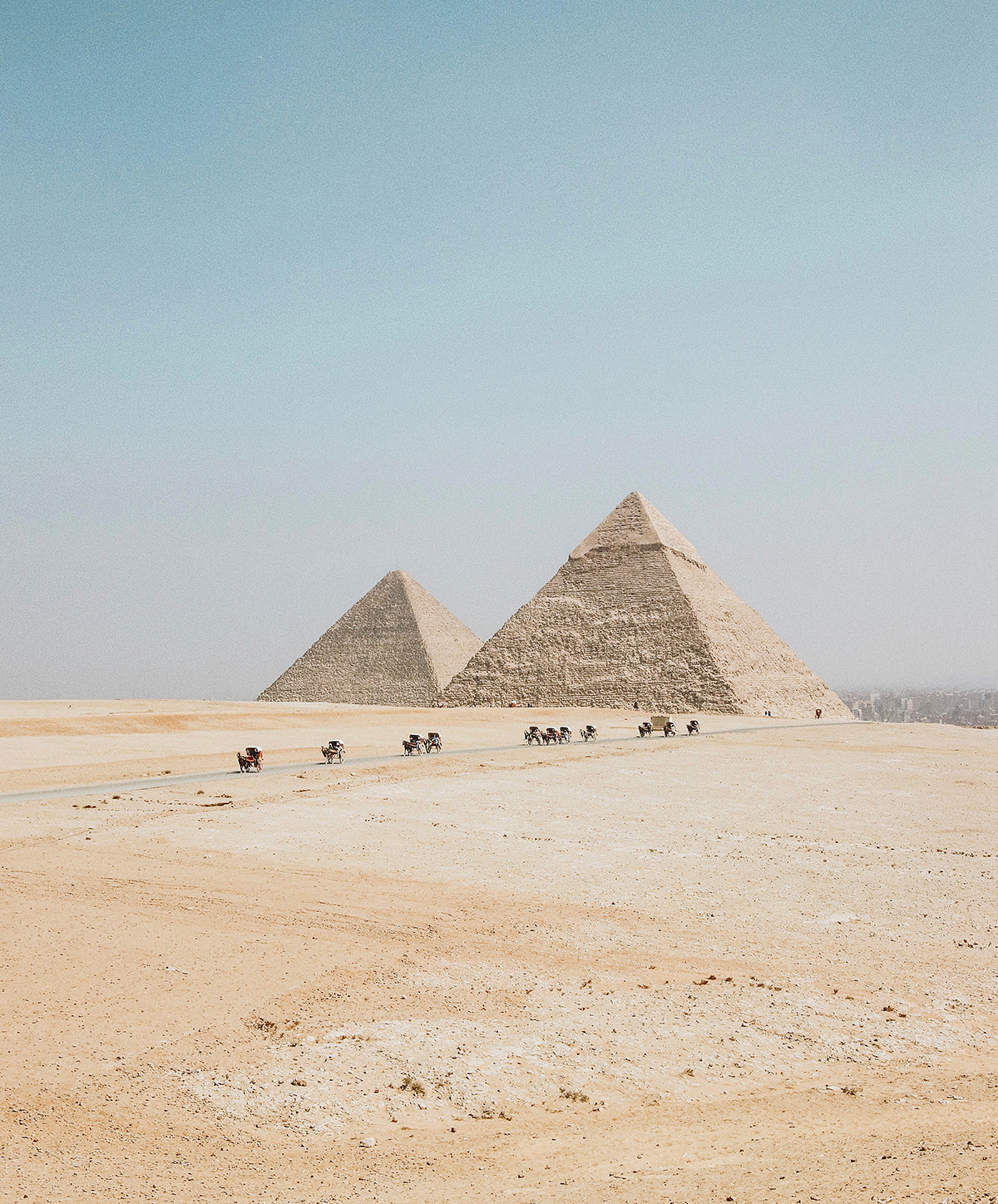
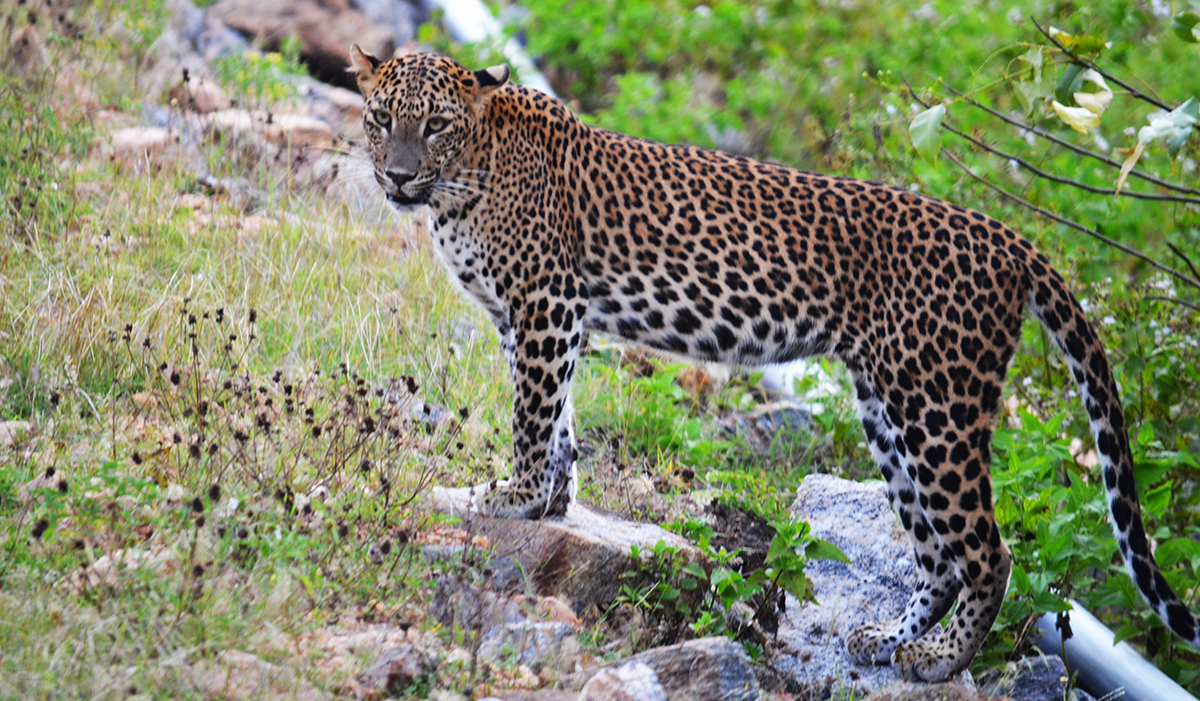
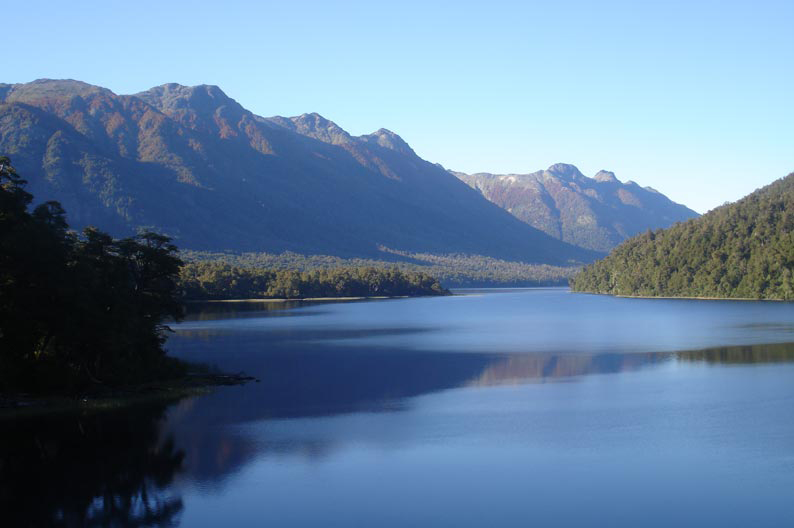
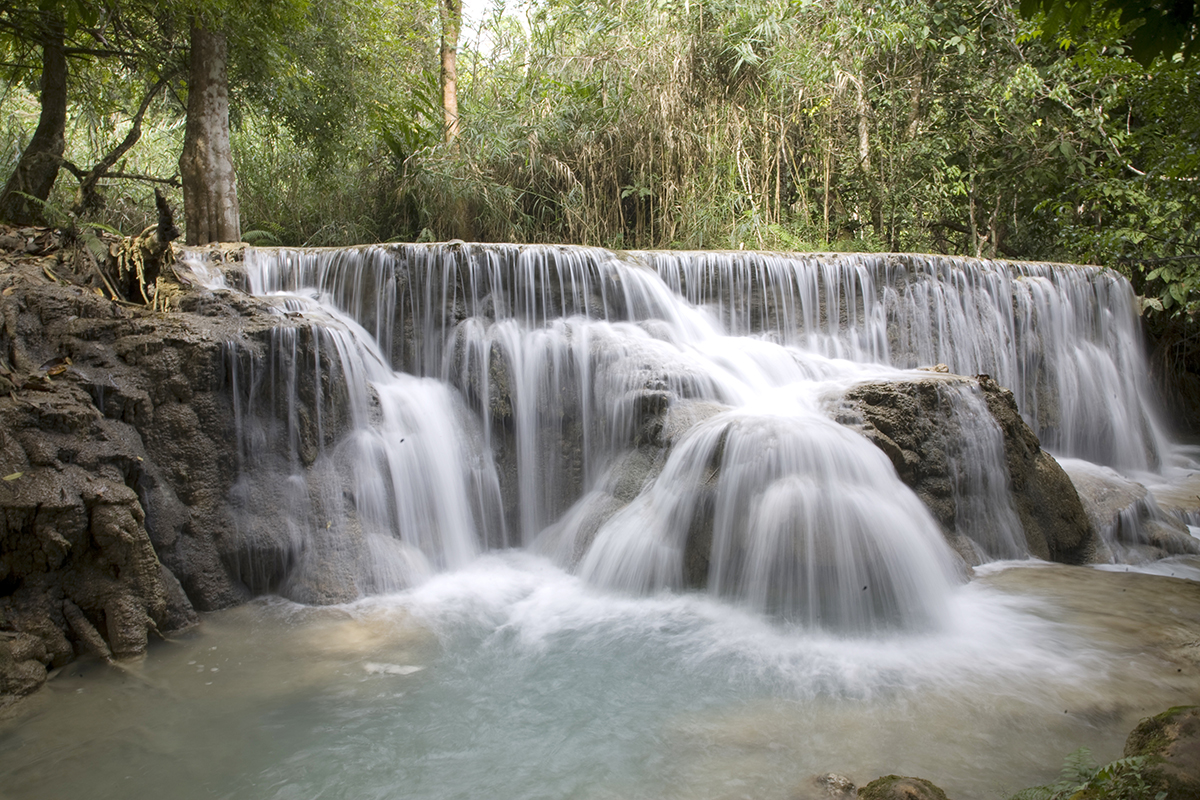
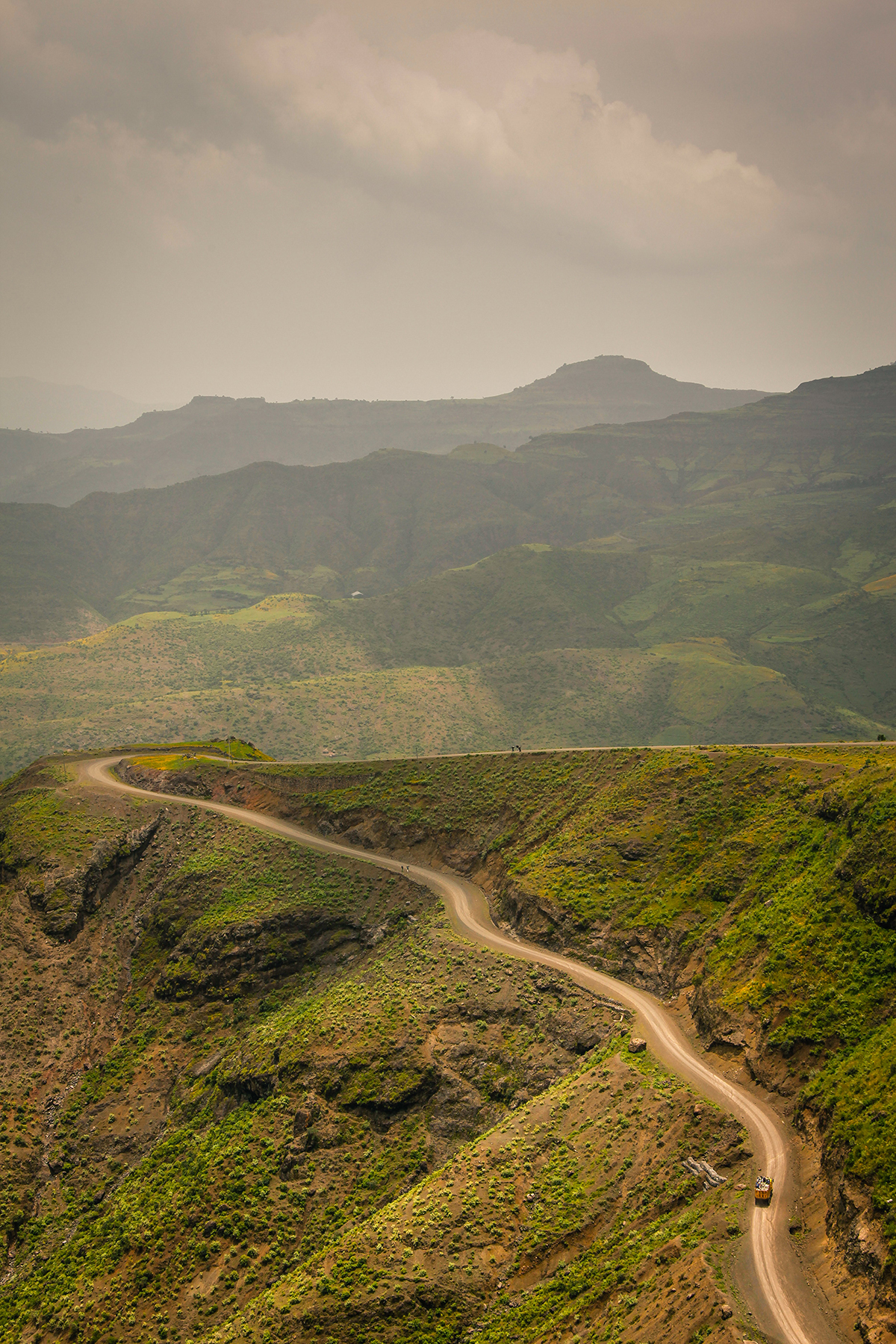
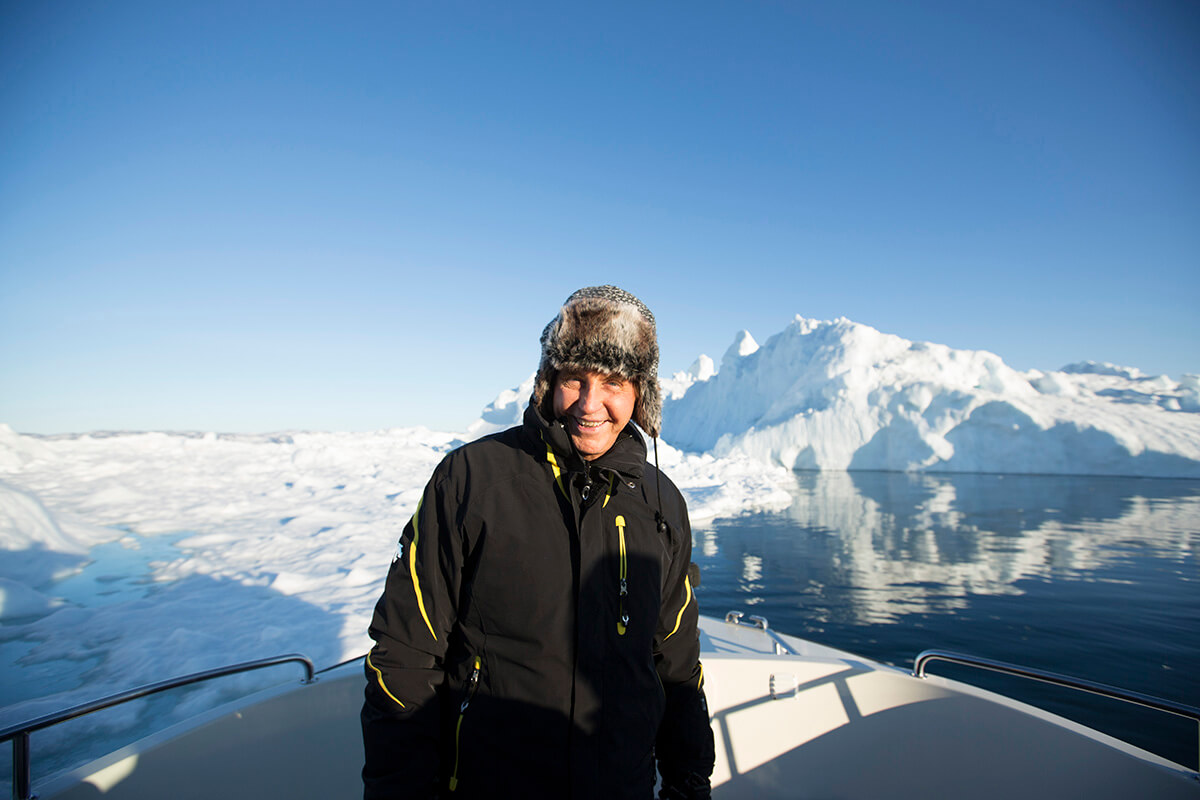
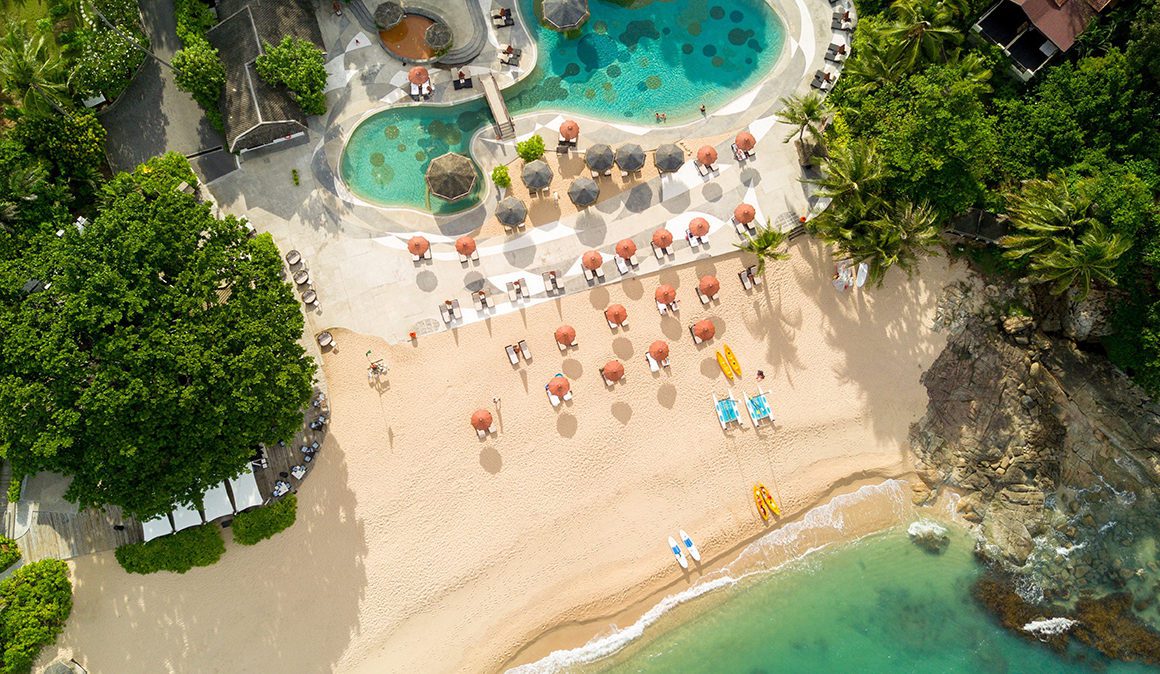
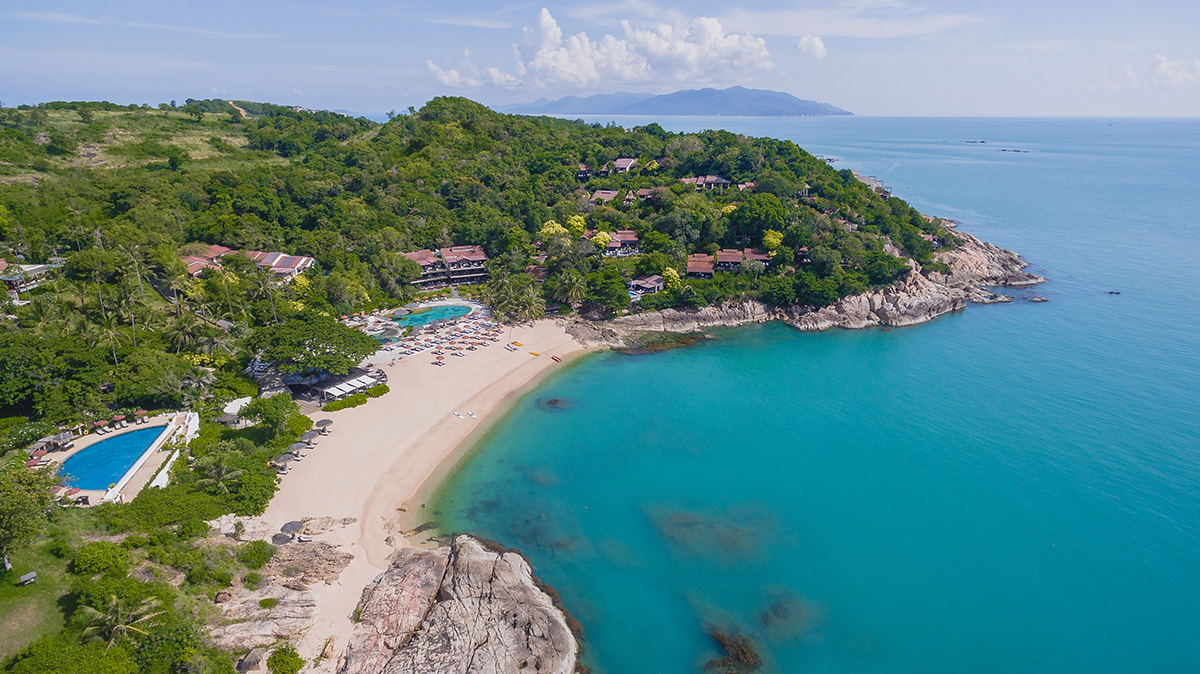
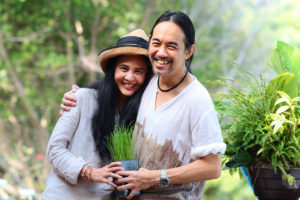
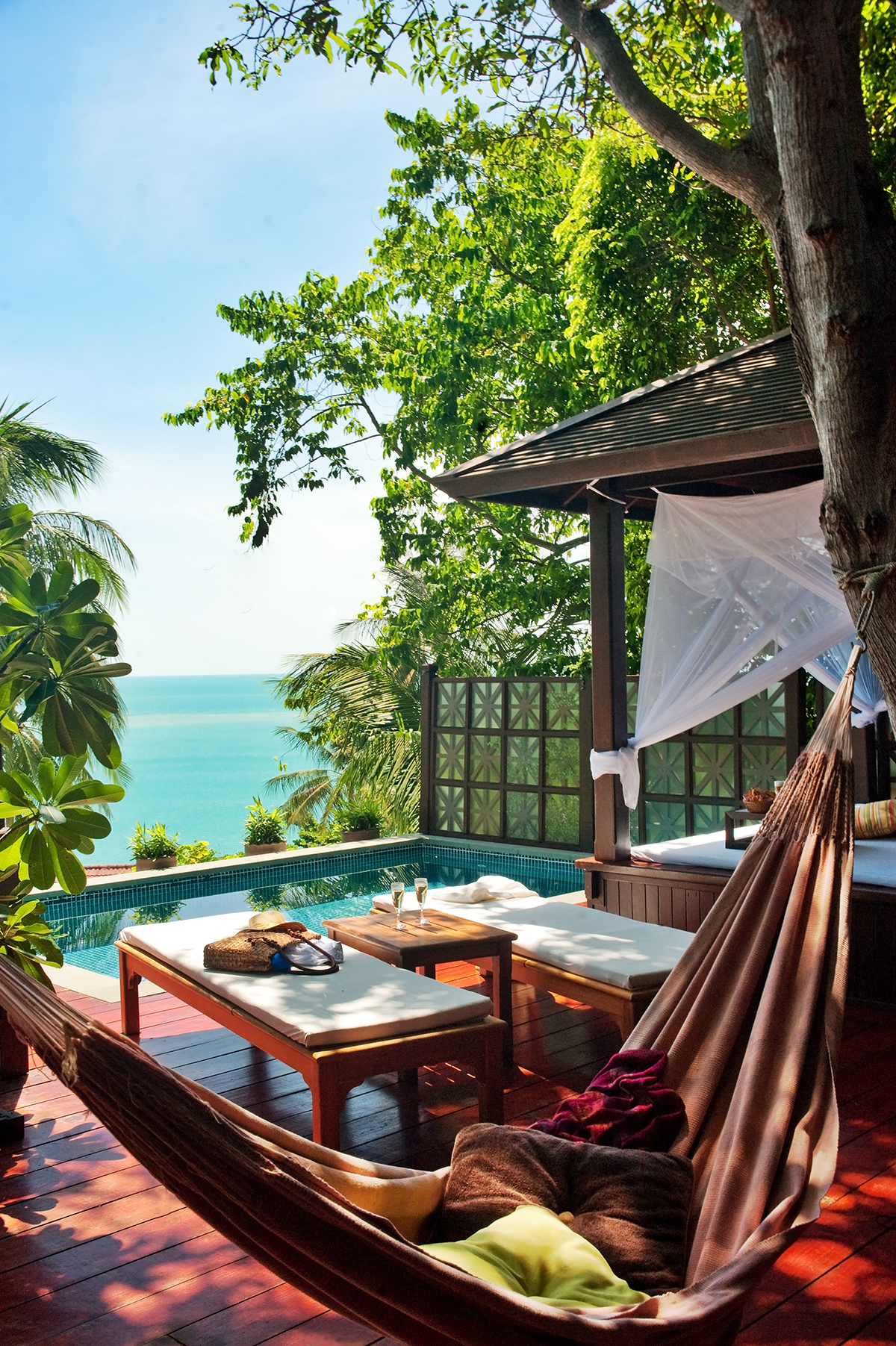
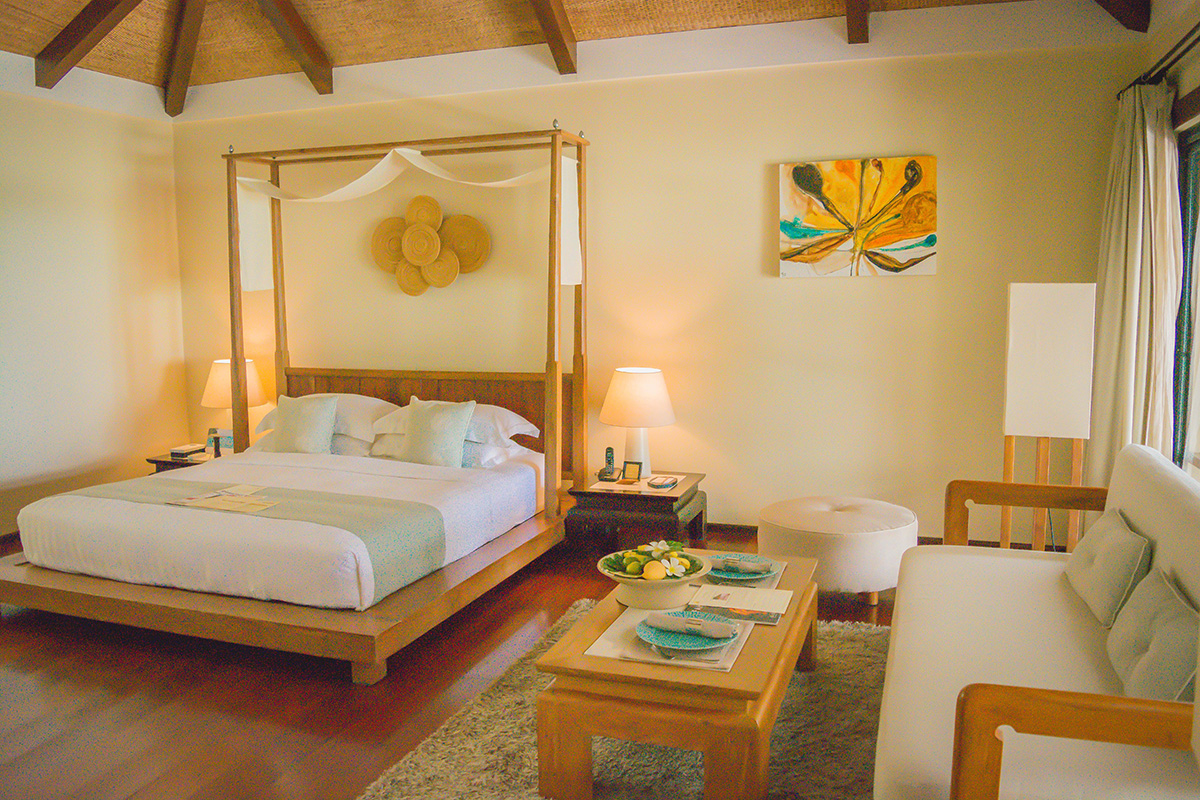
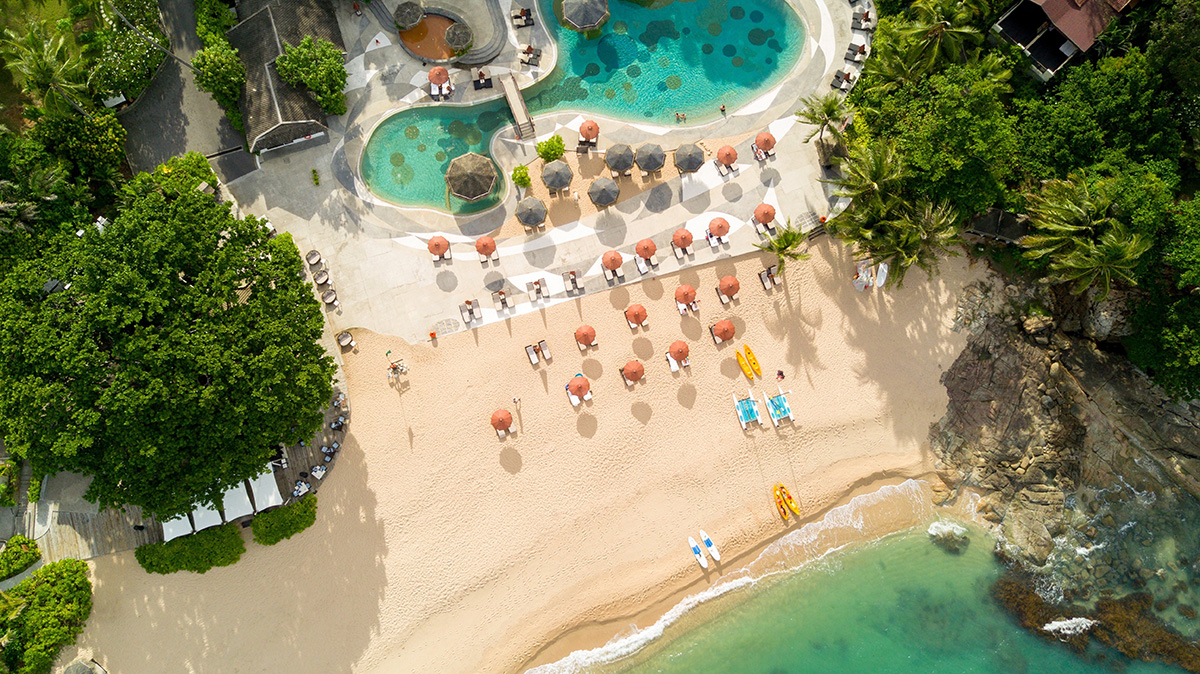
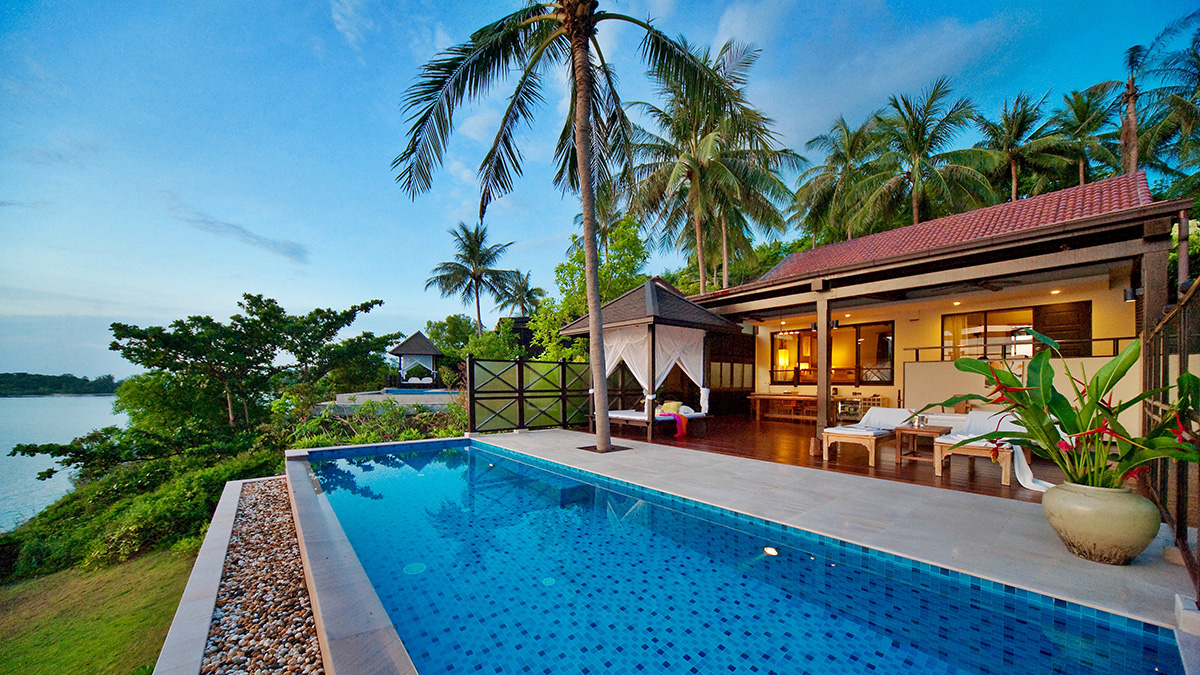

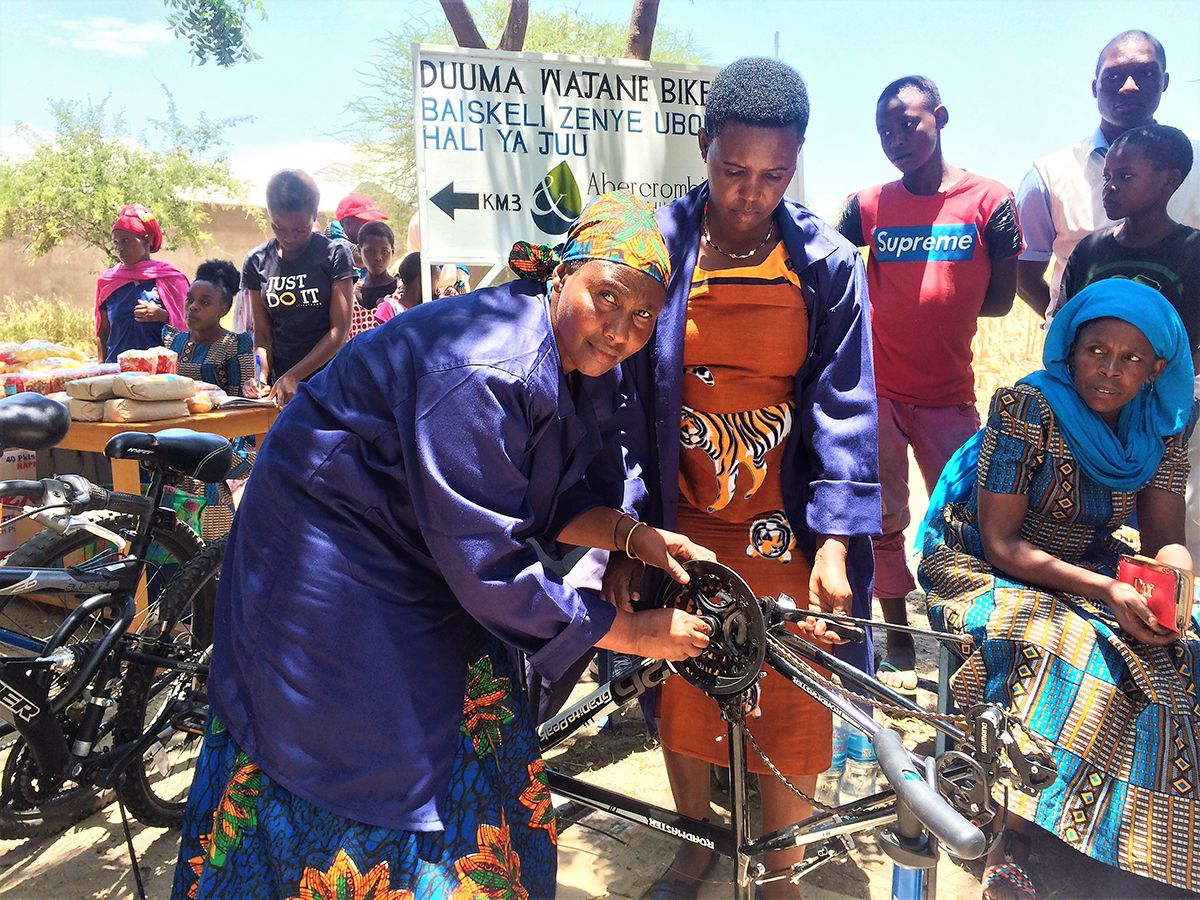
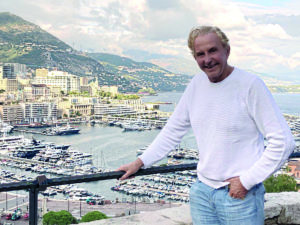

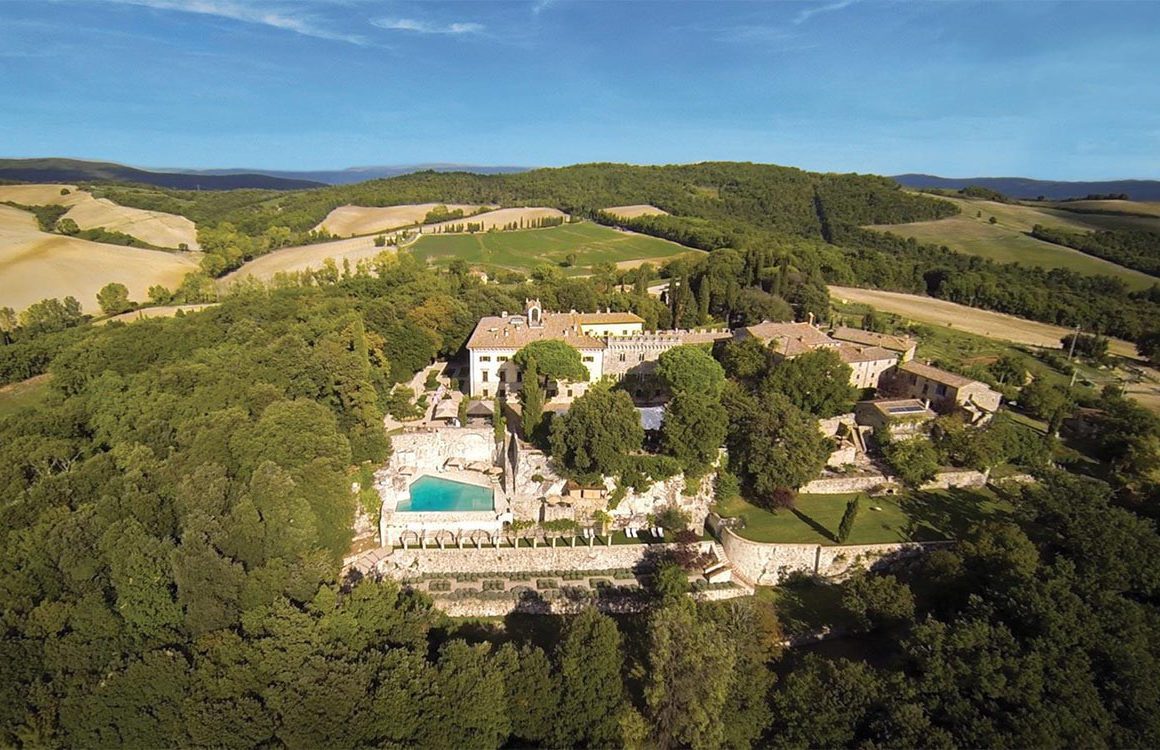
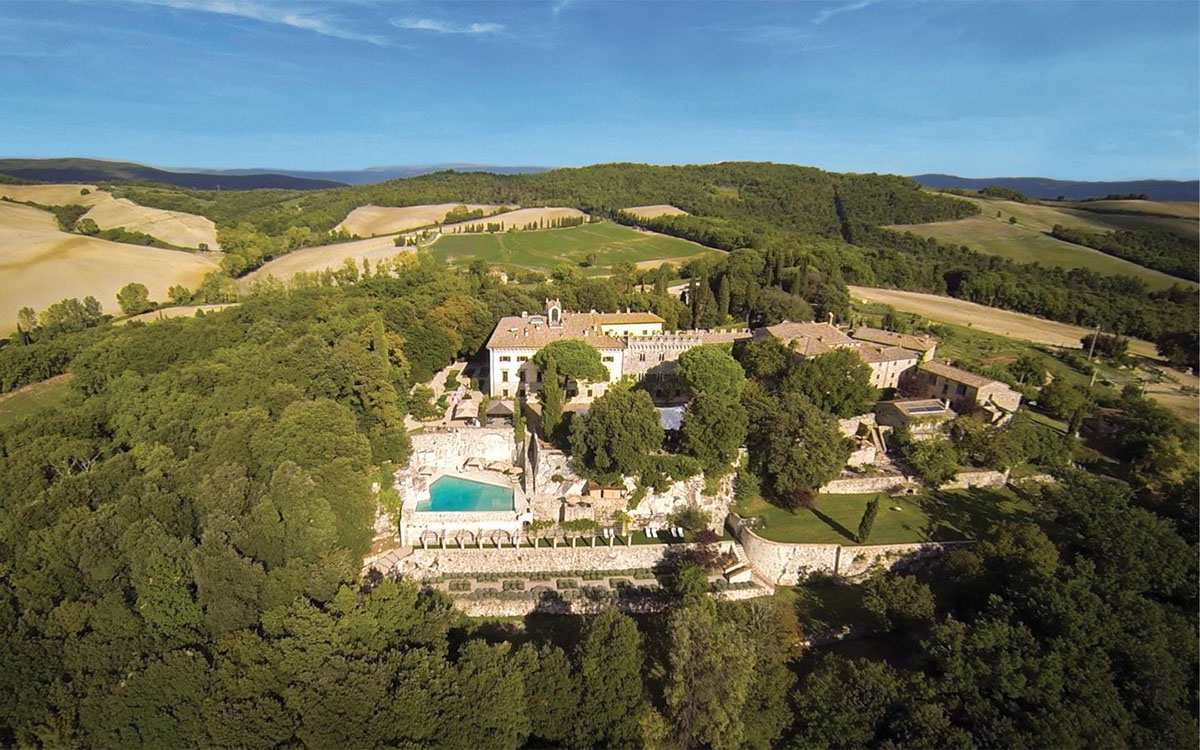
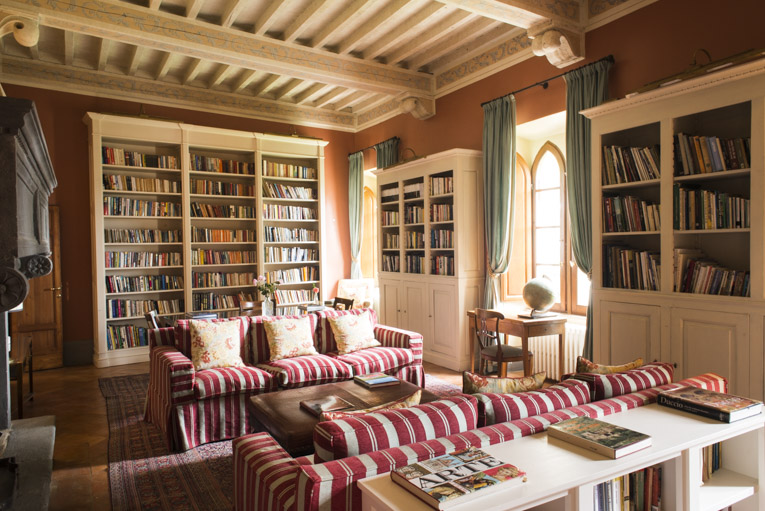
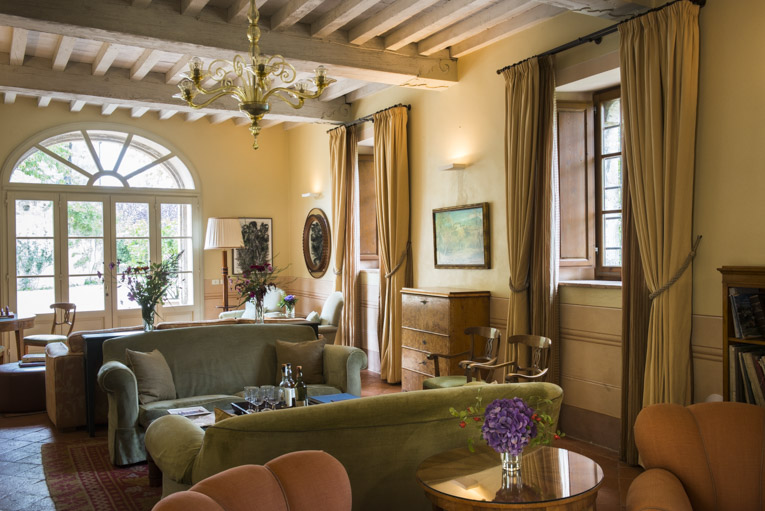
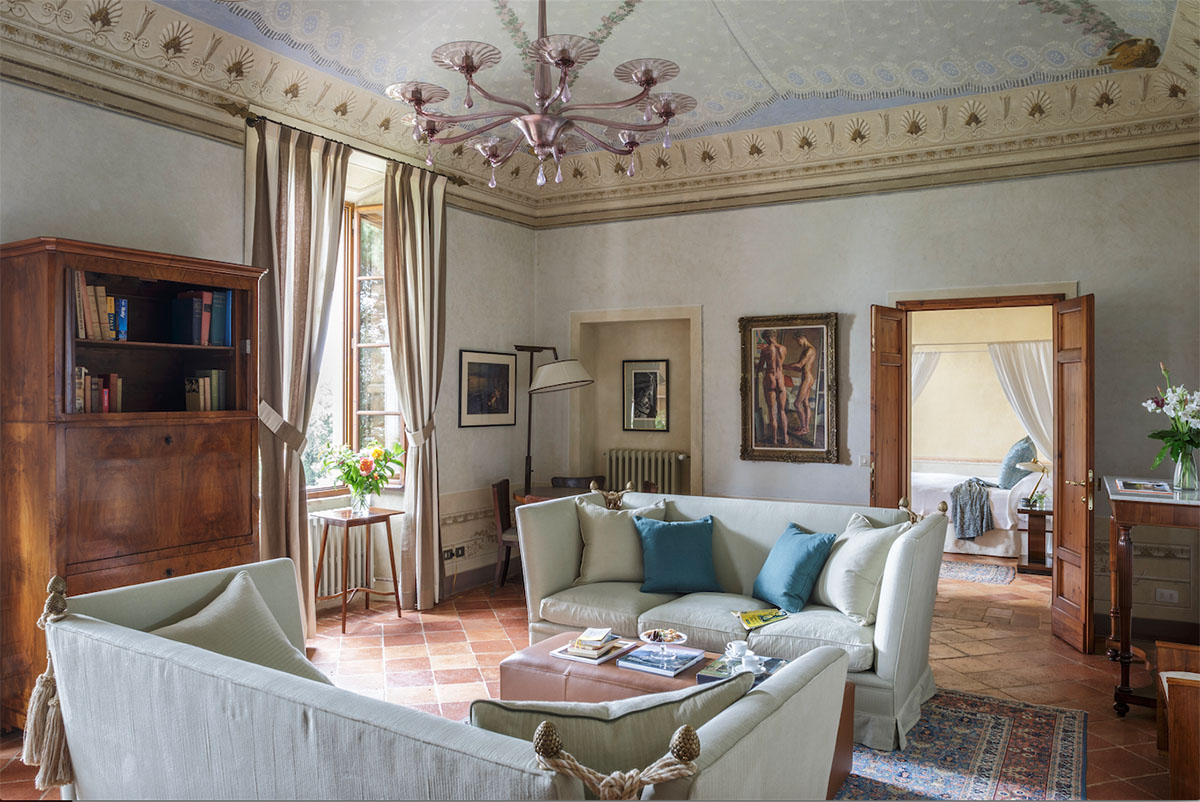
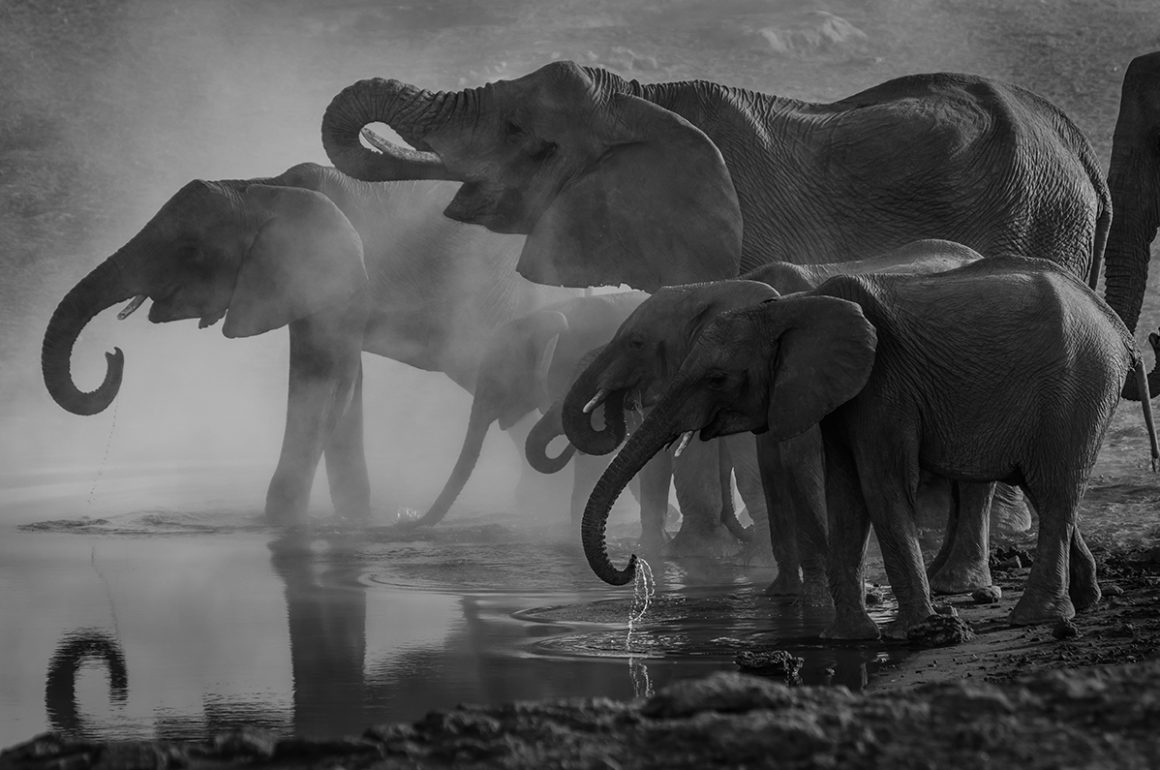
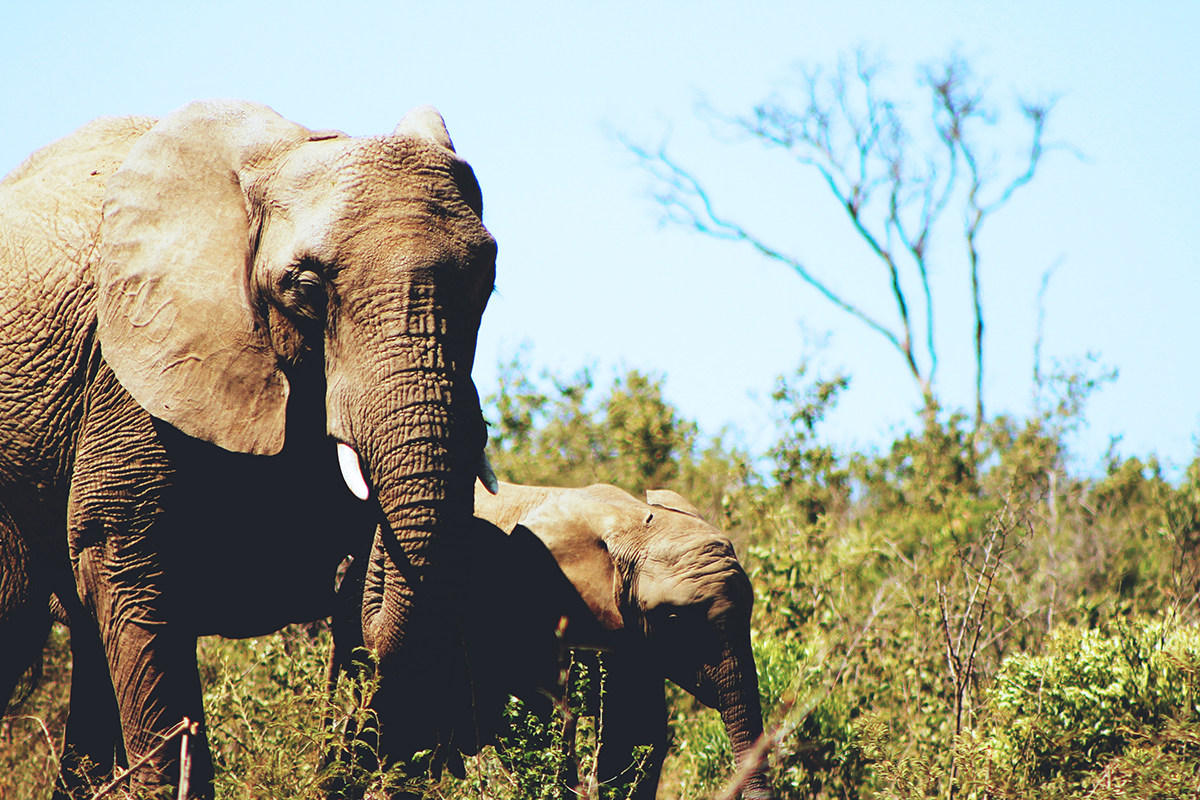
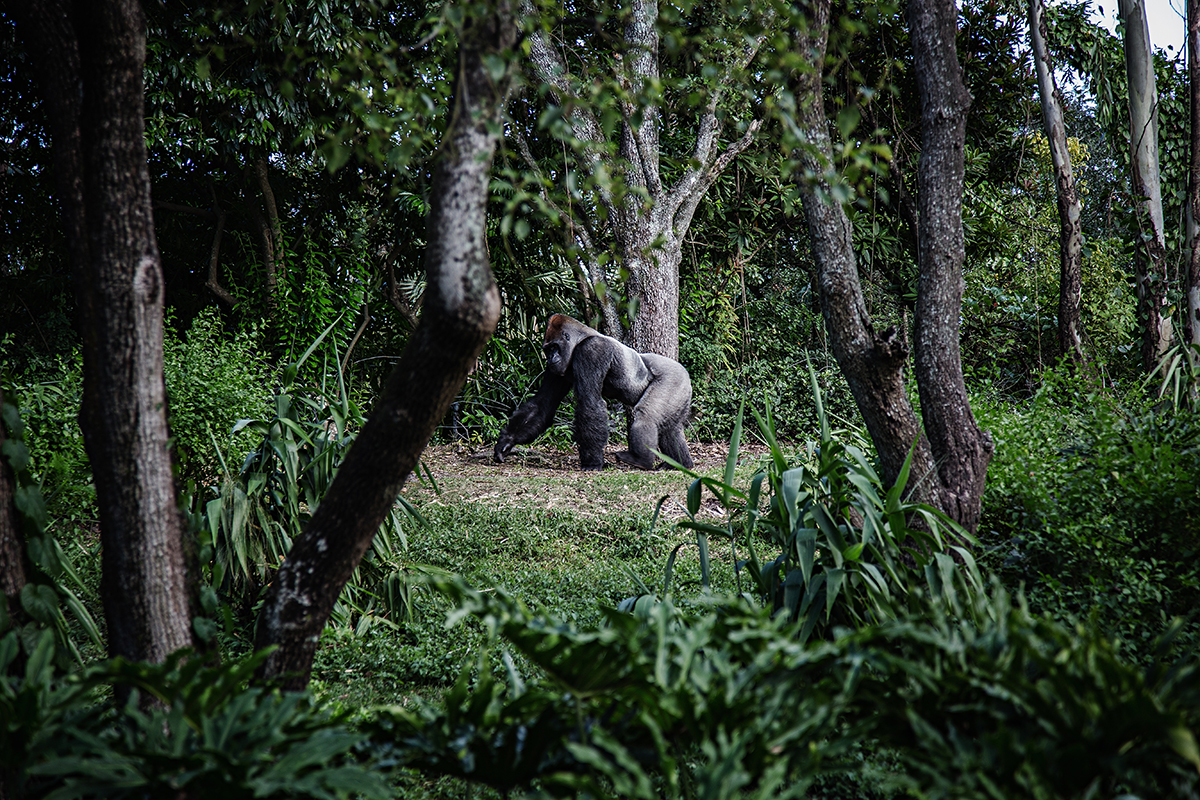
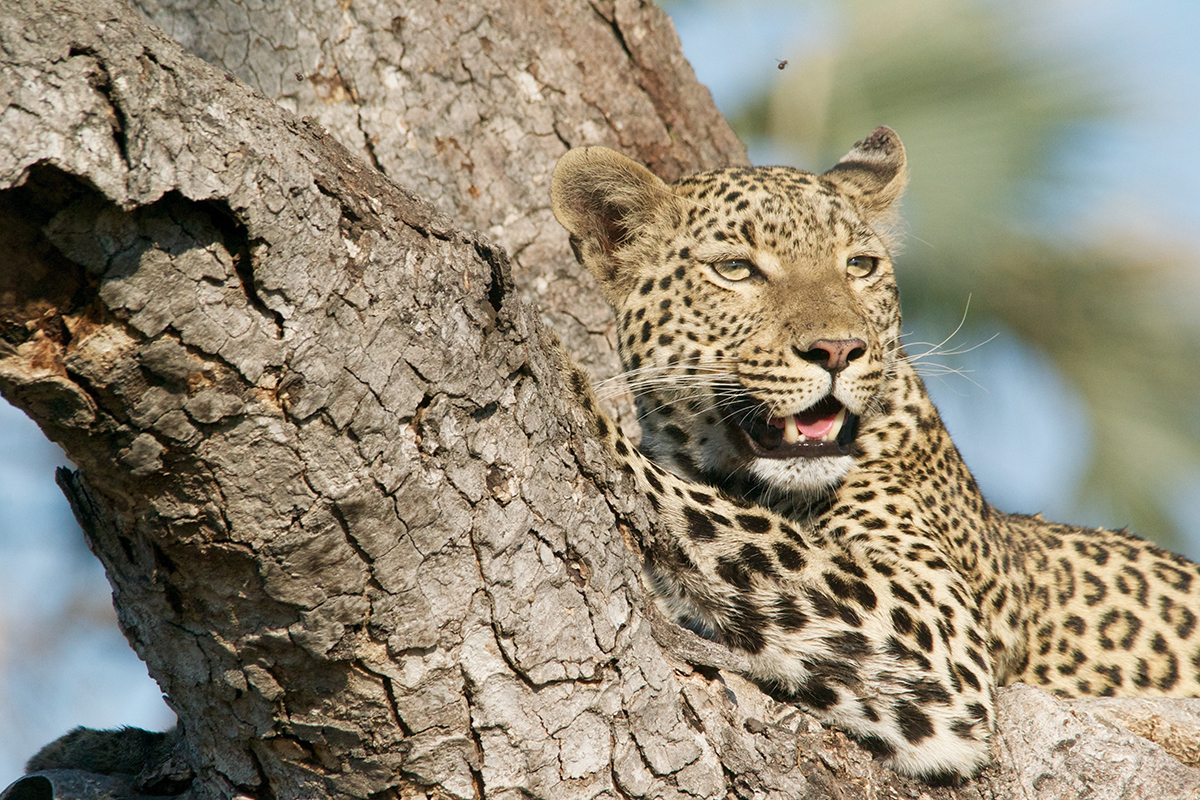




Recent Comments